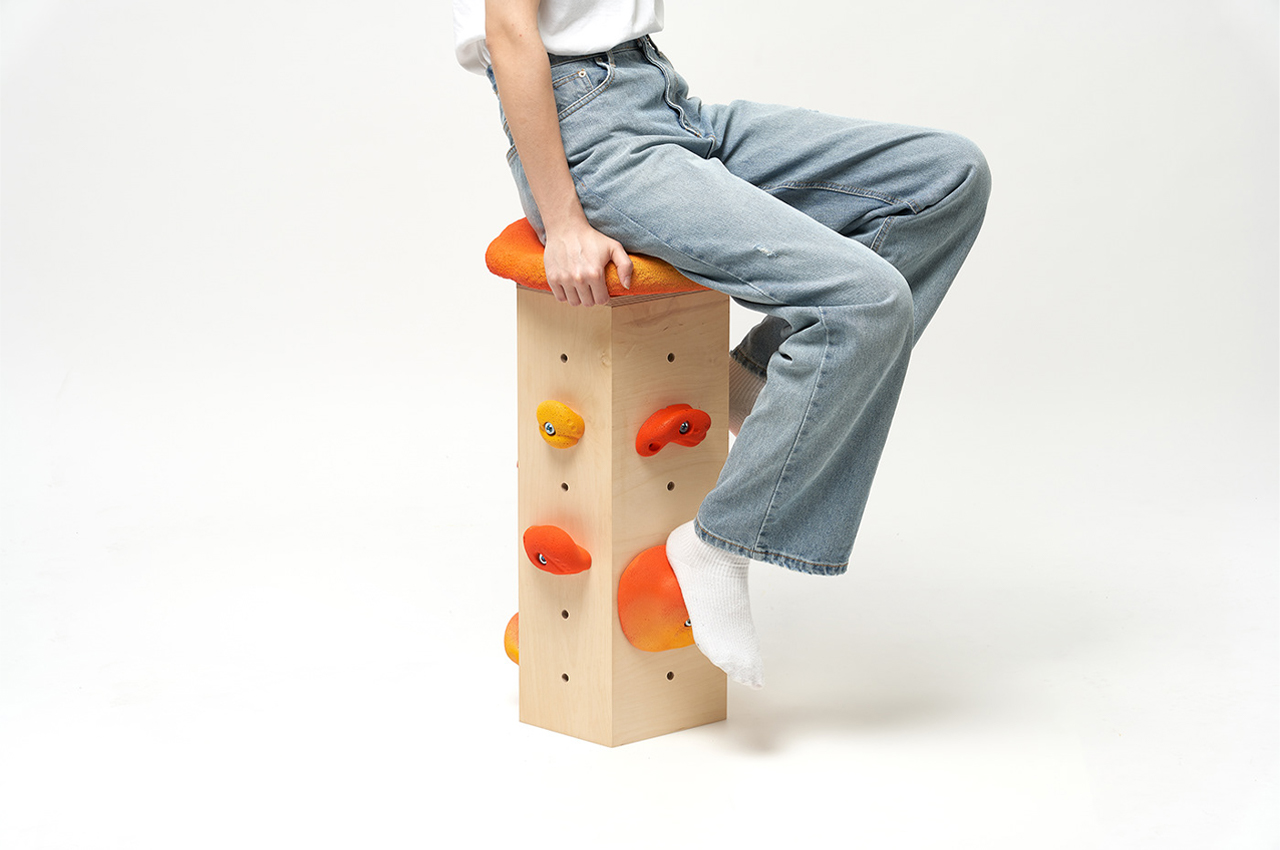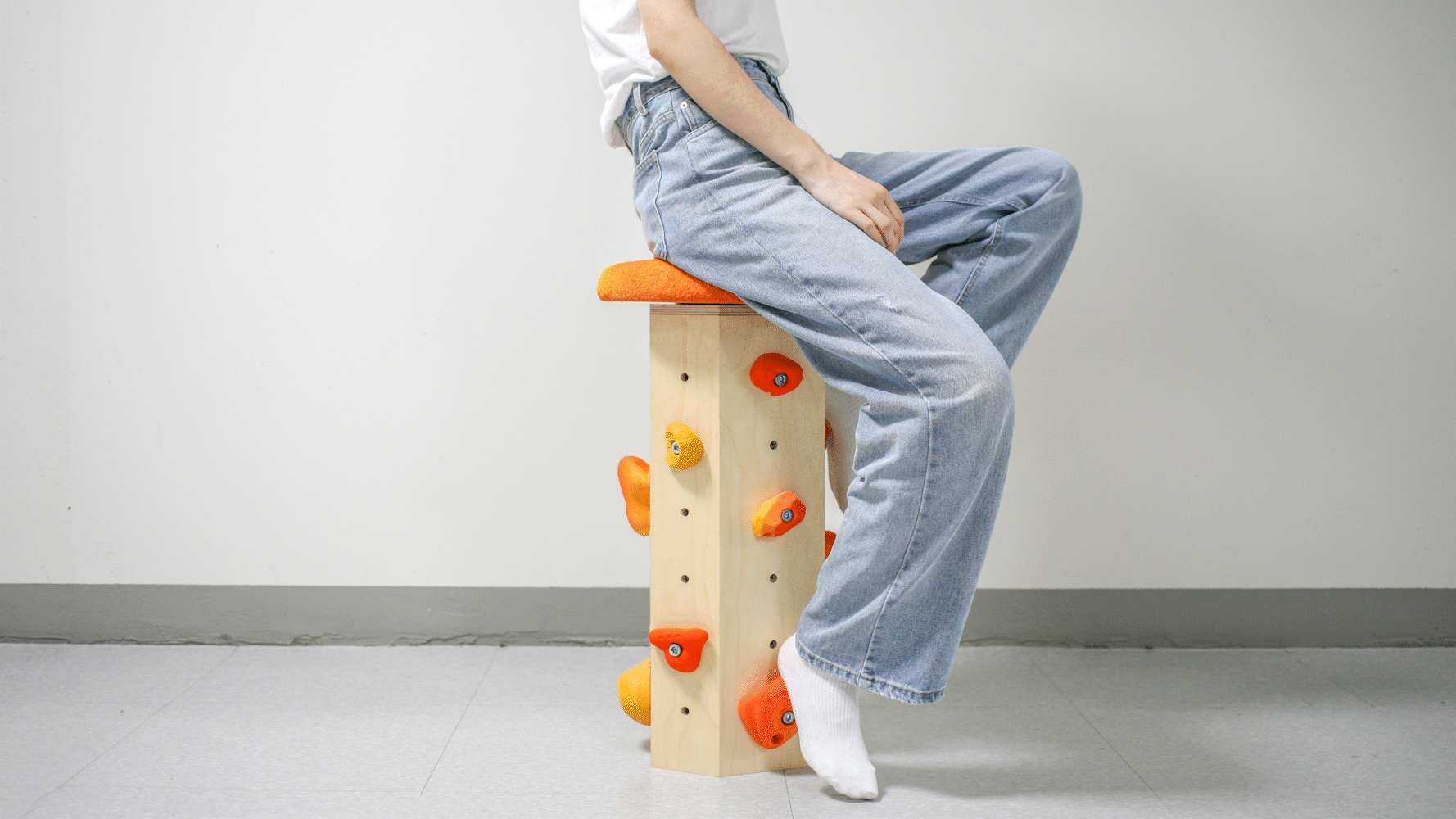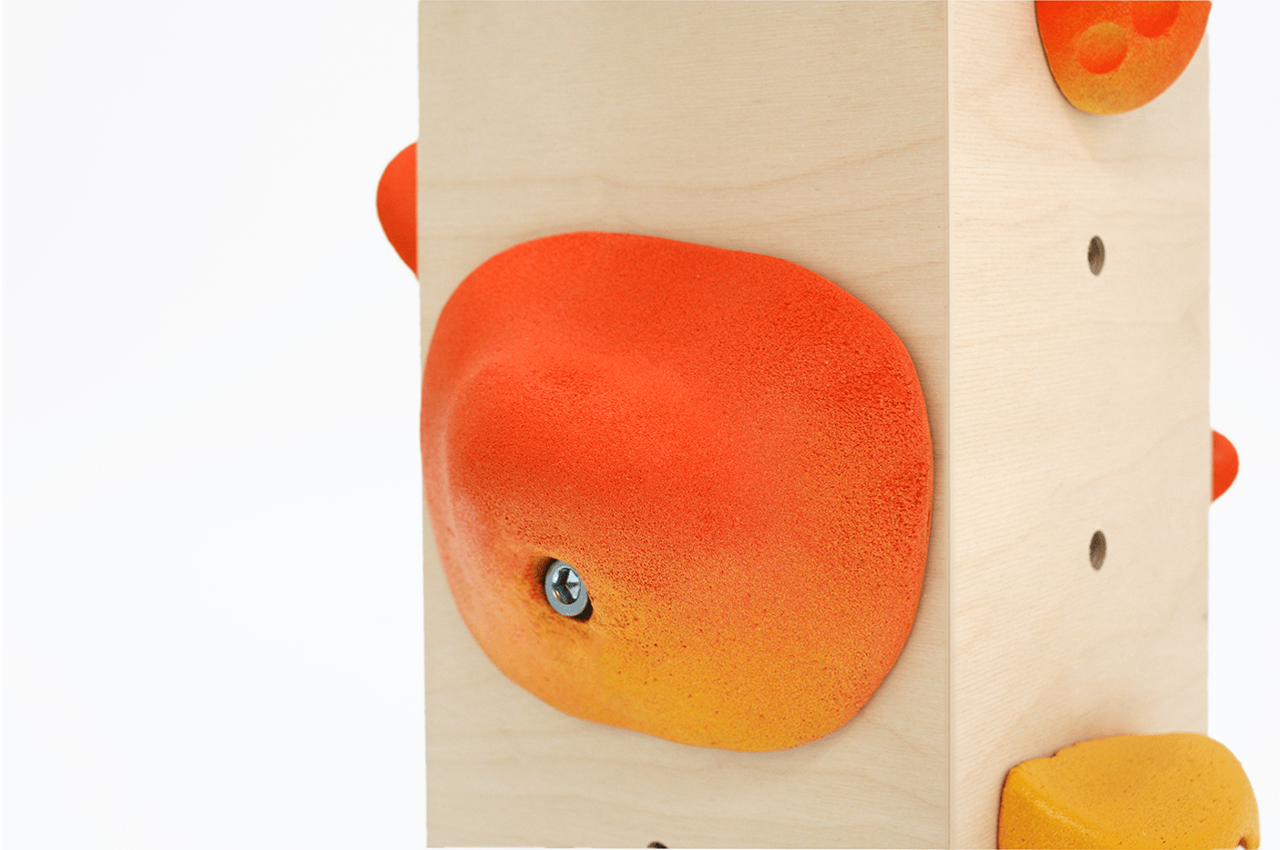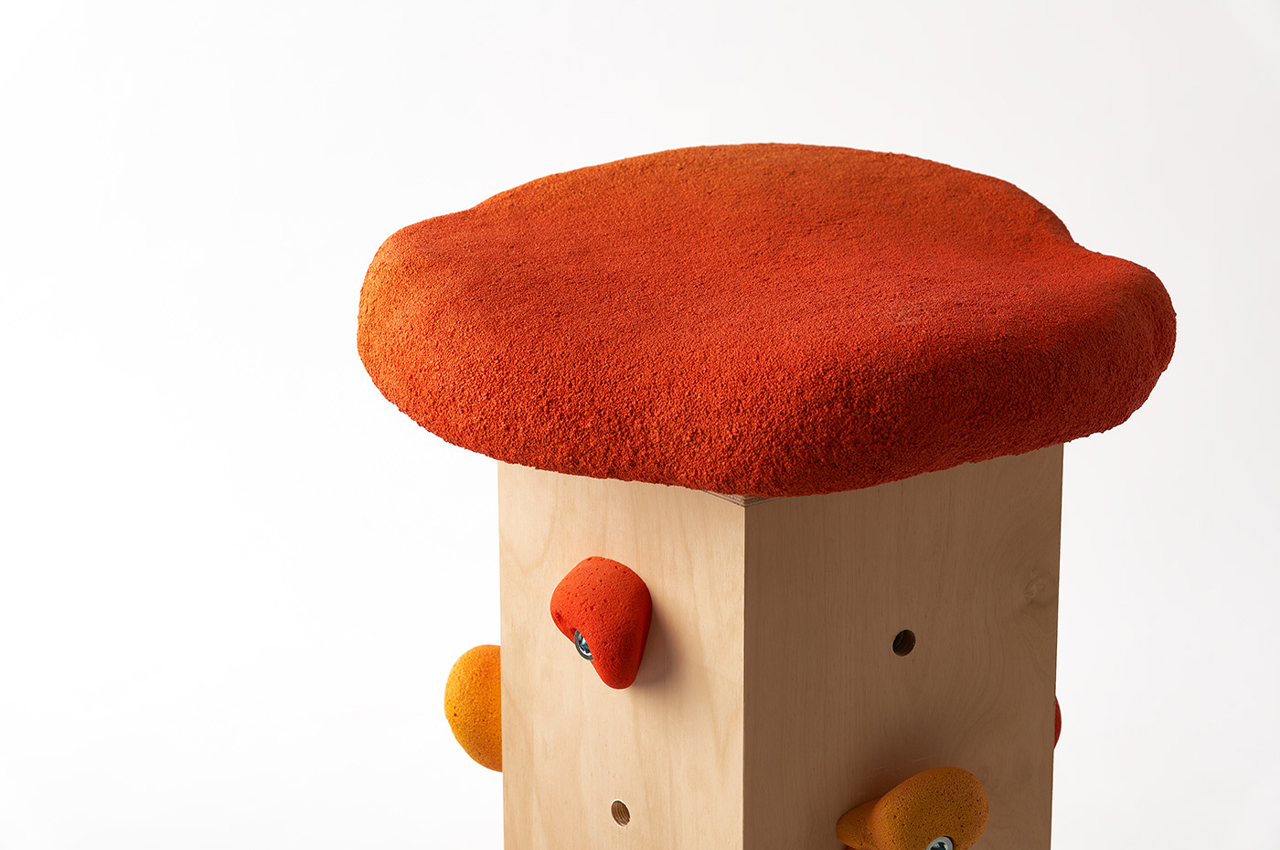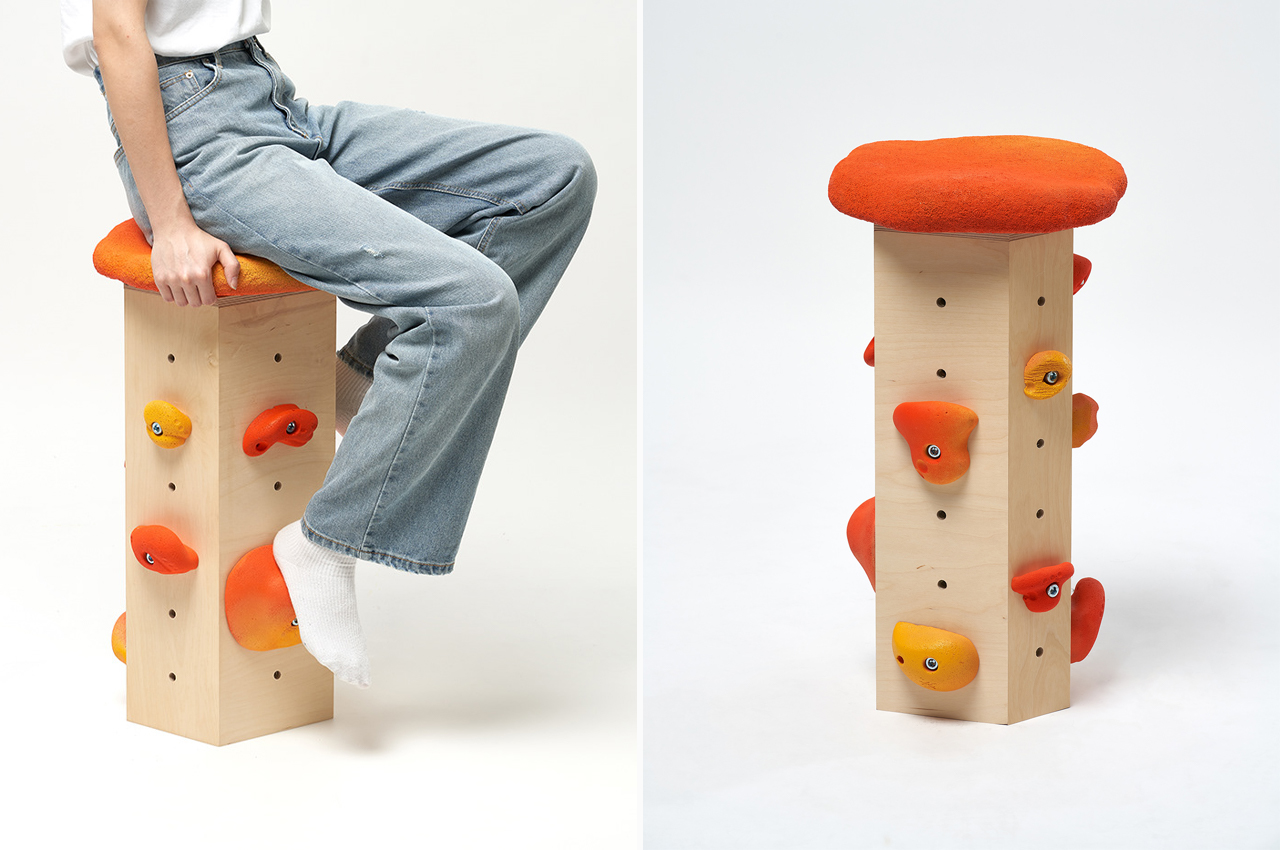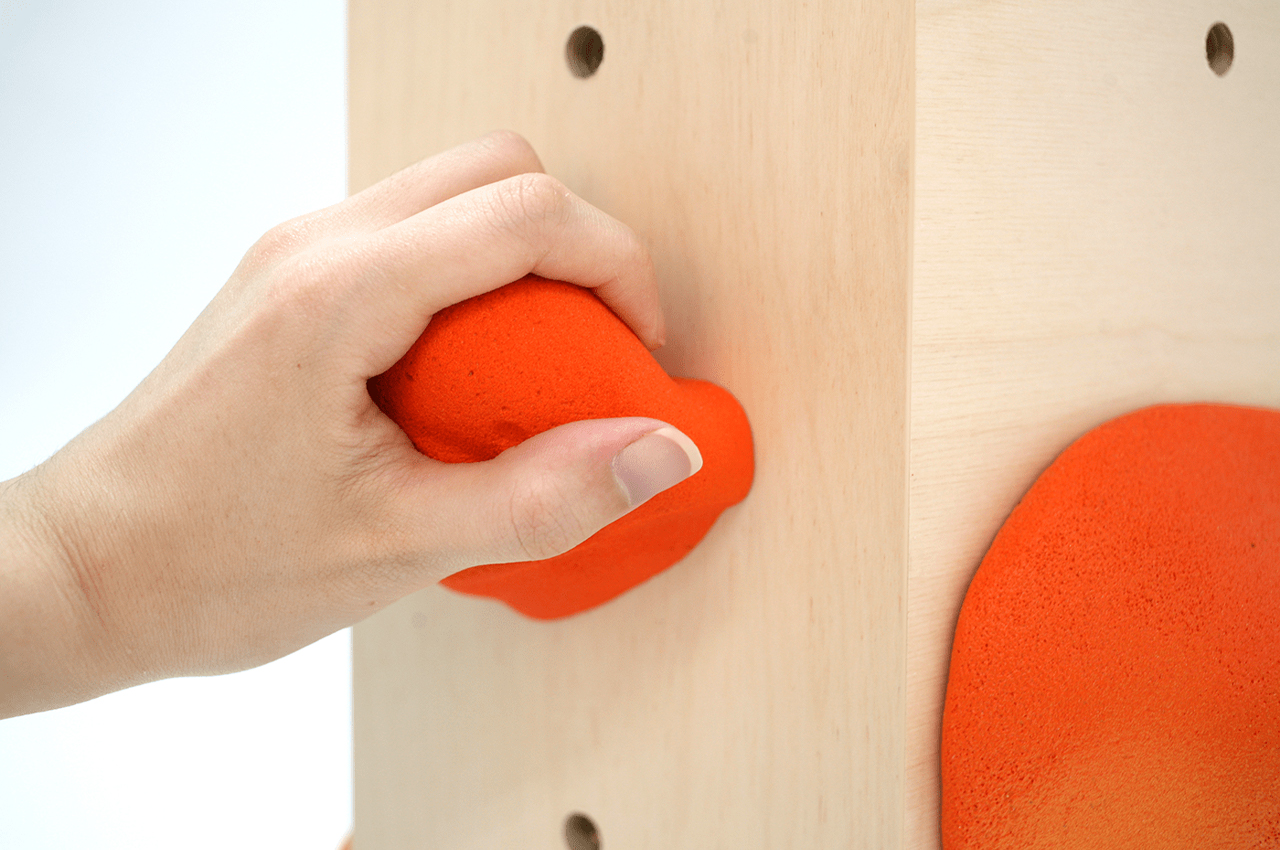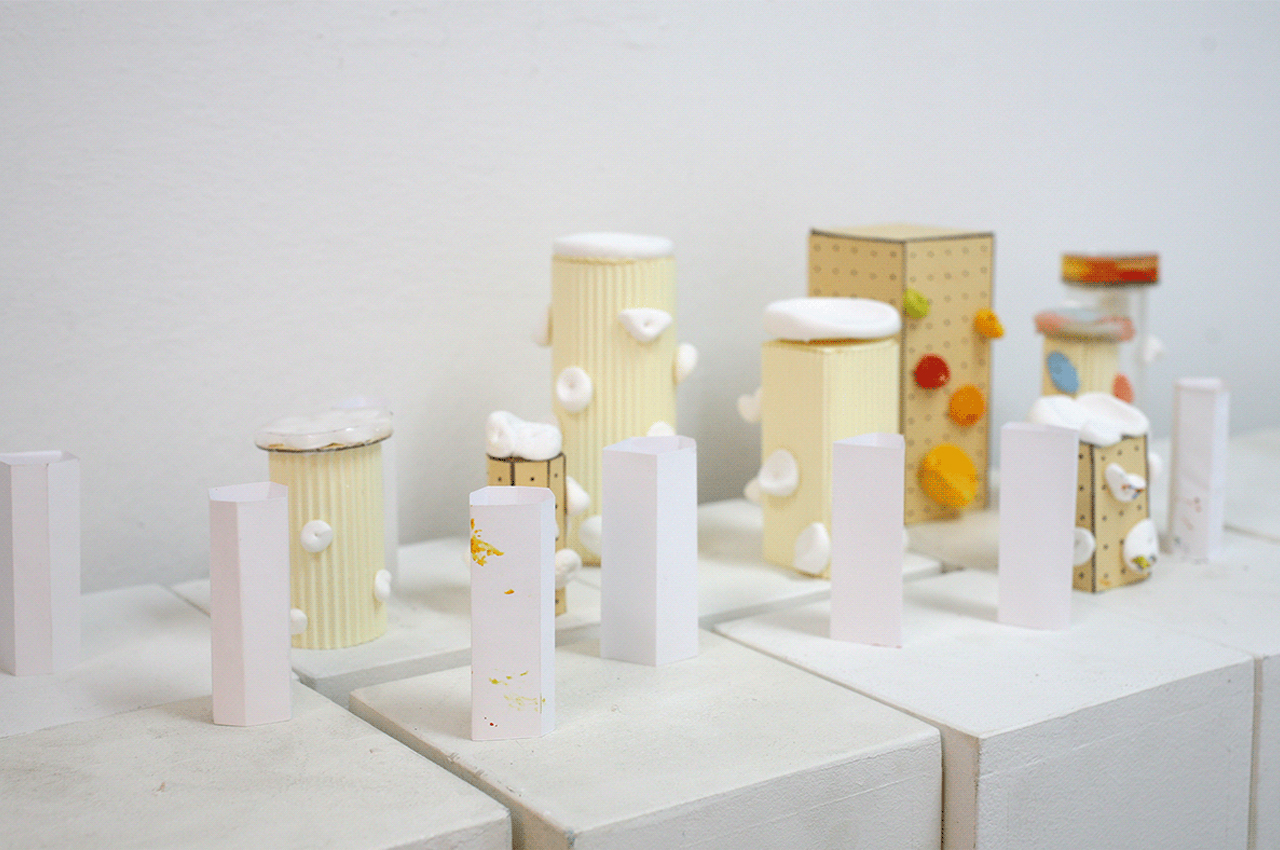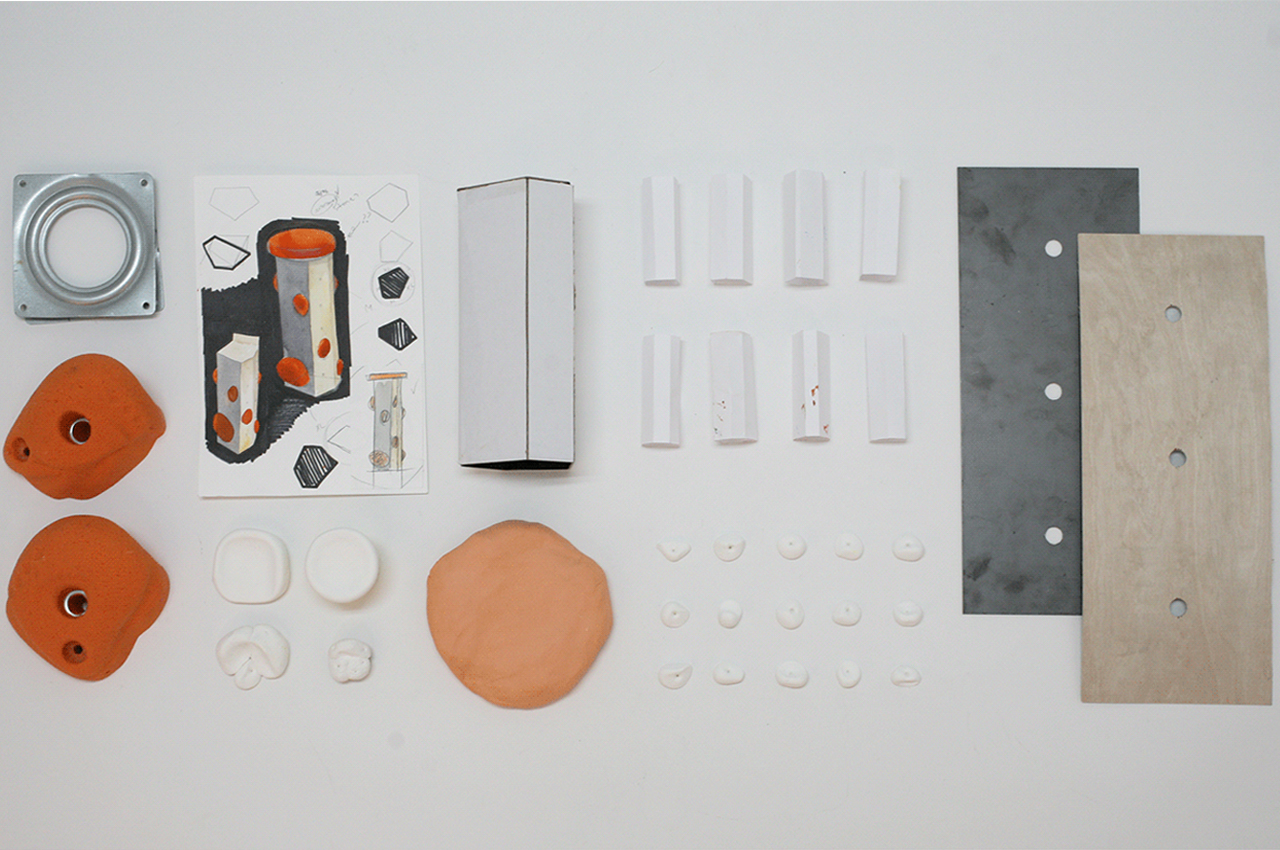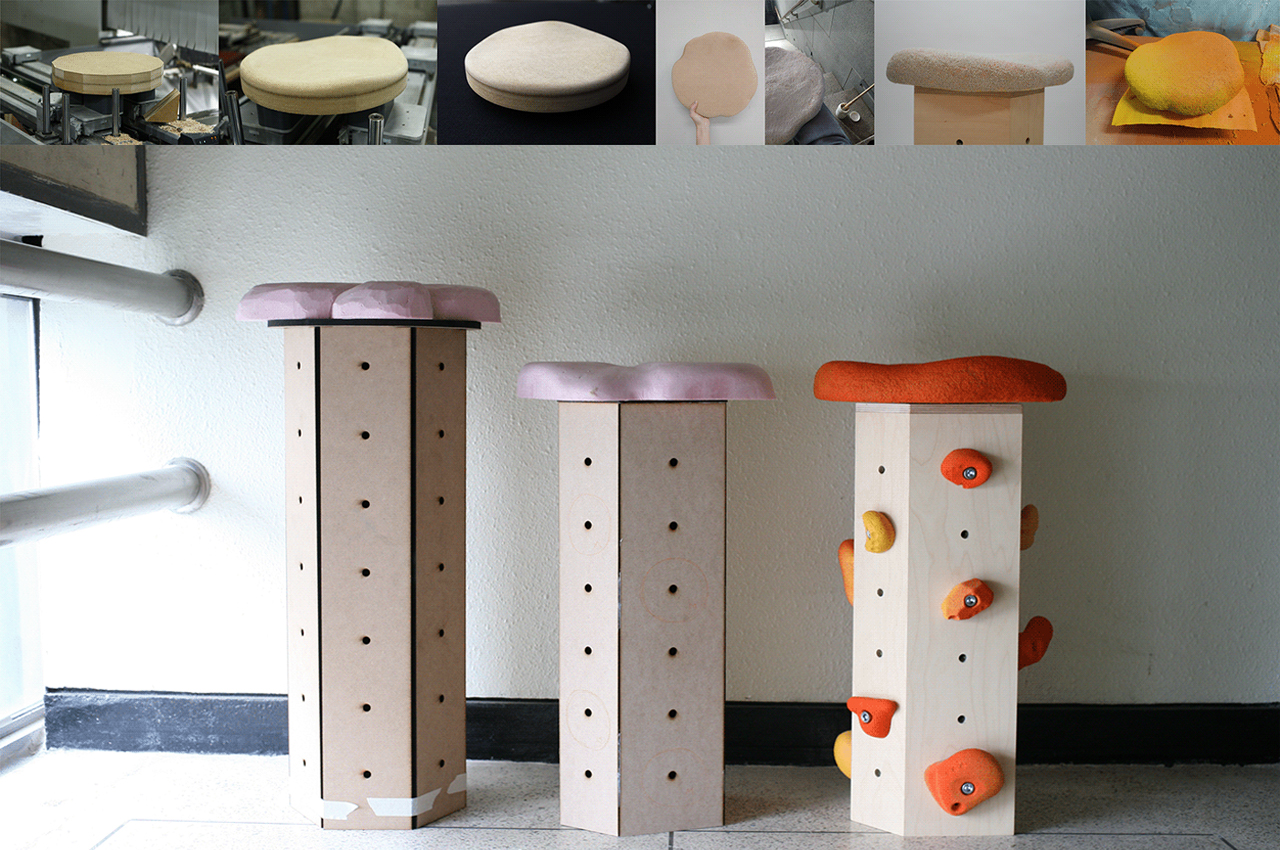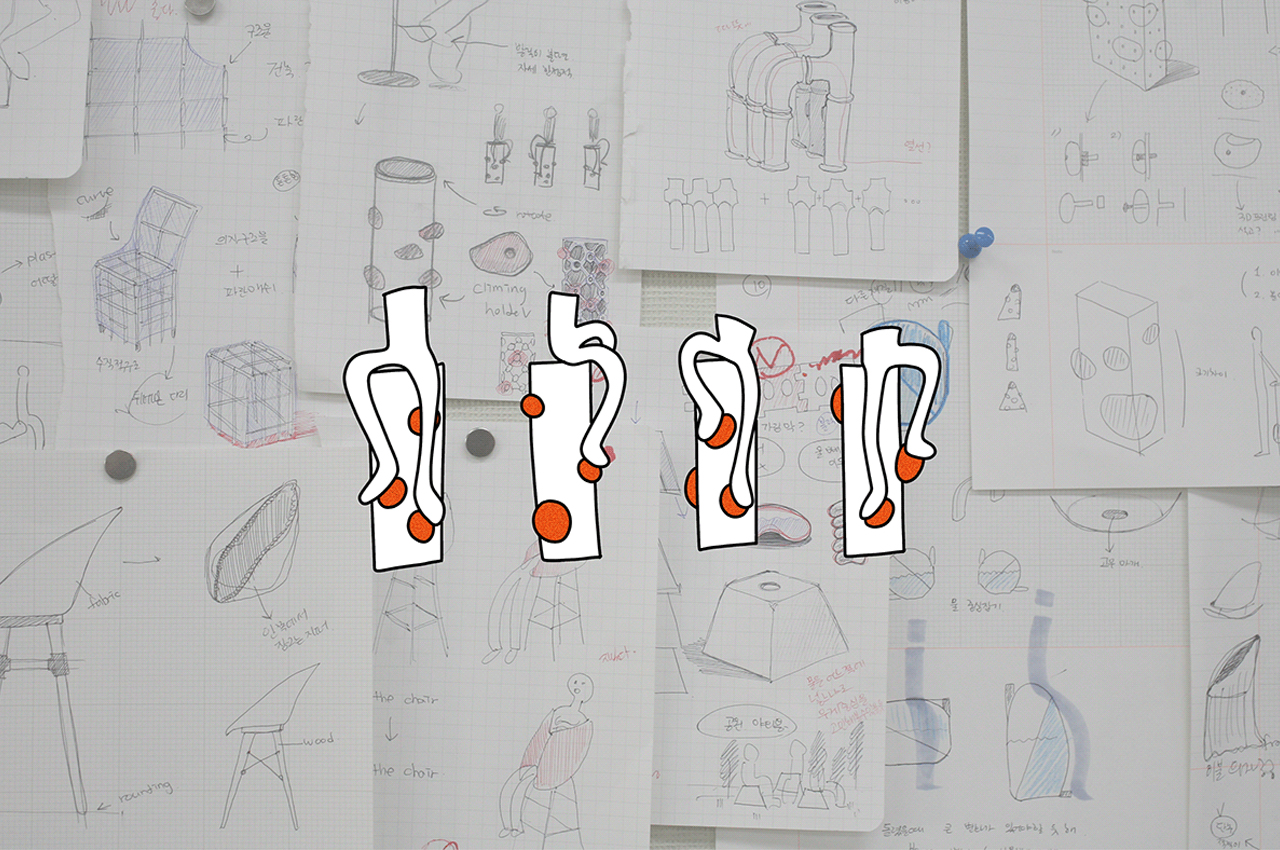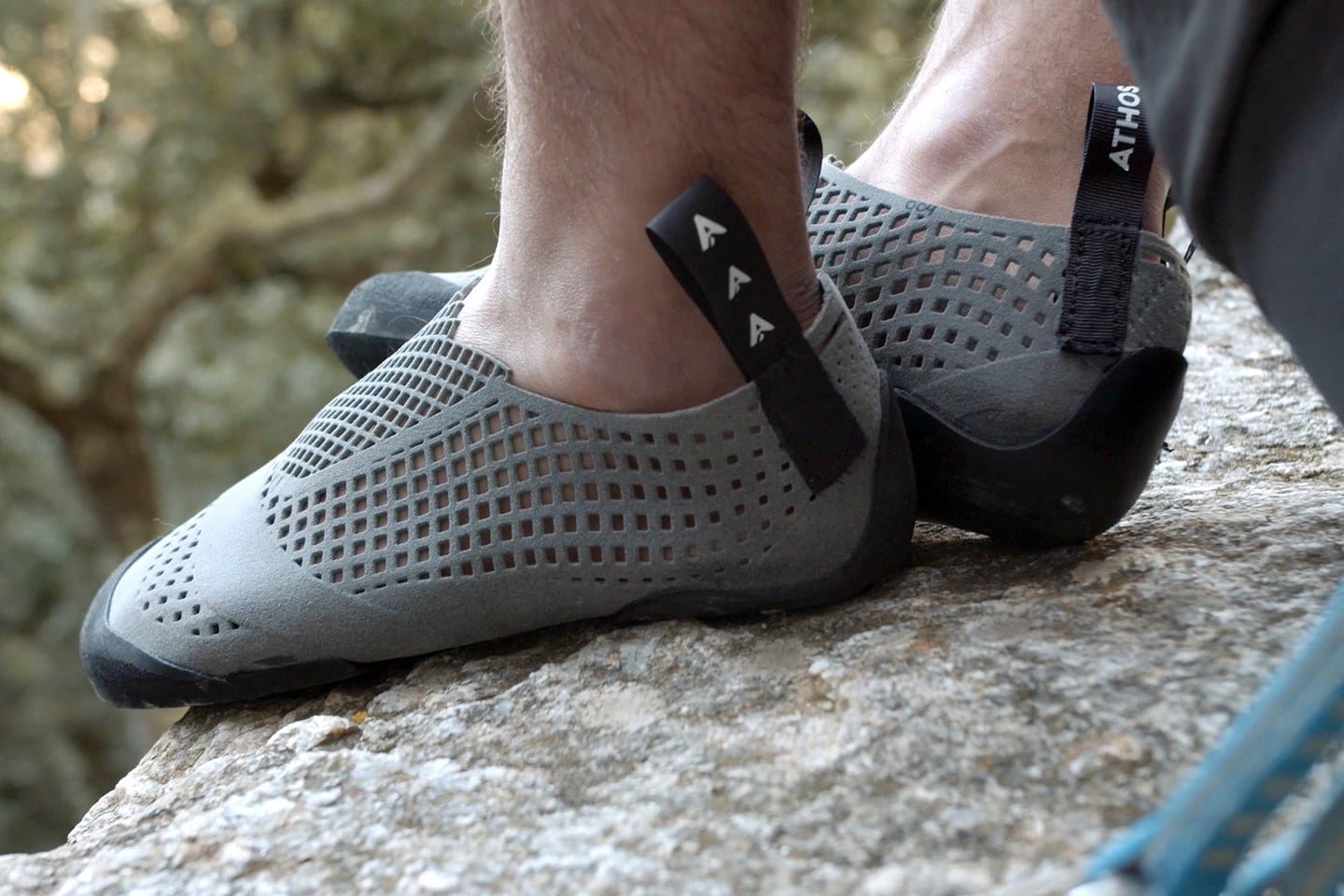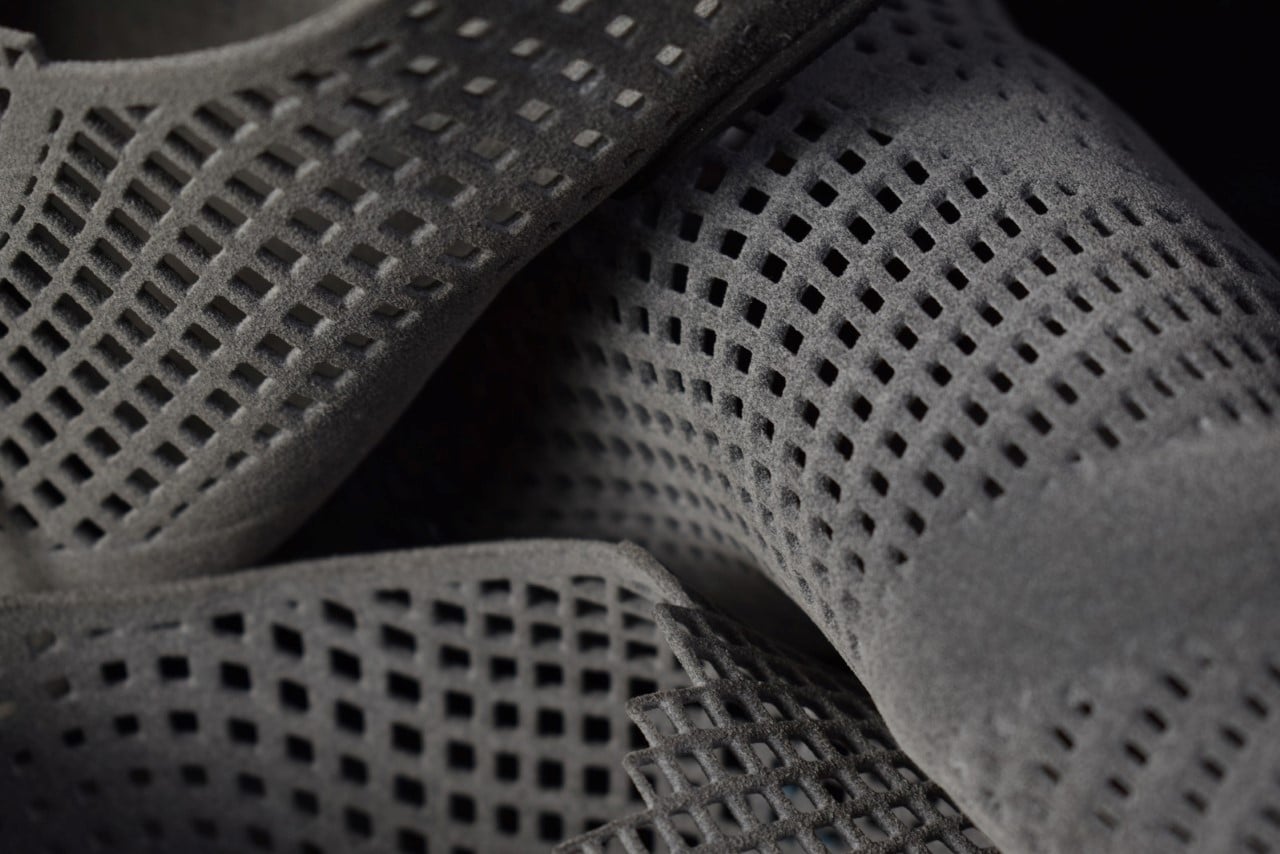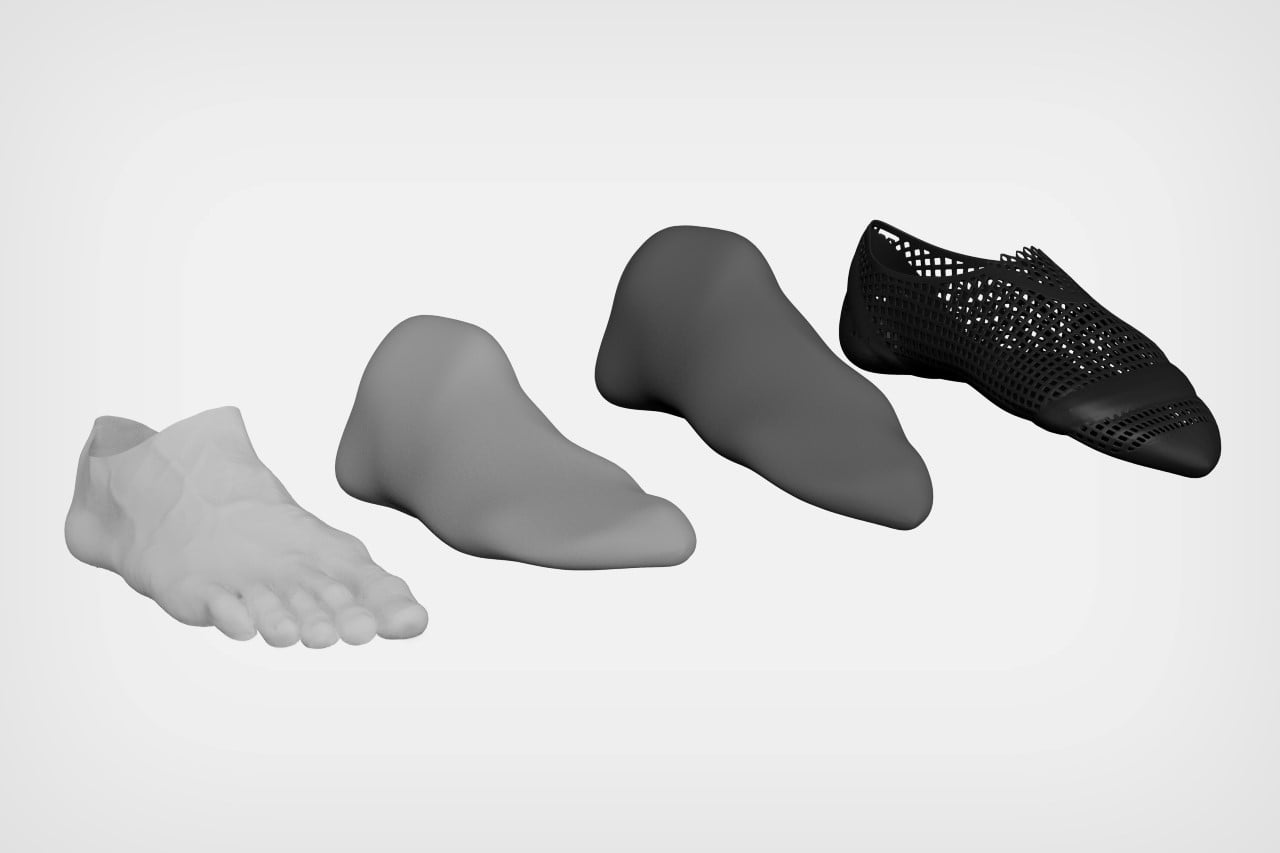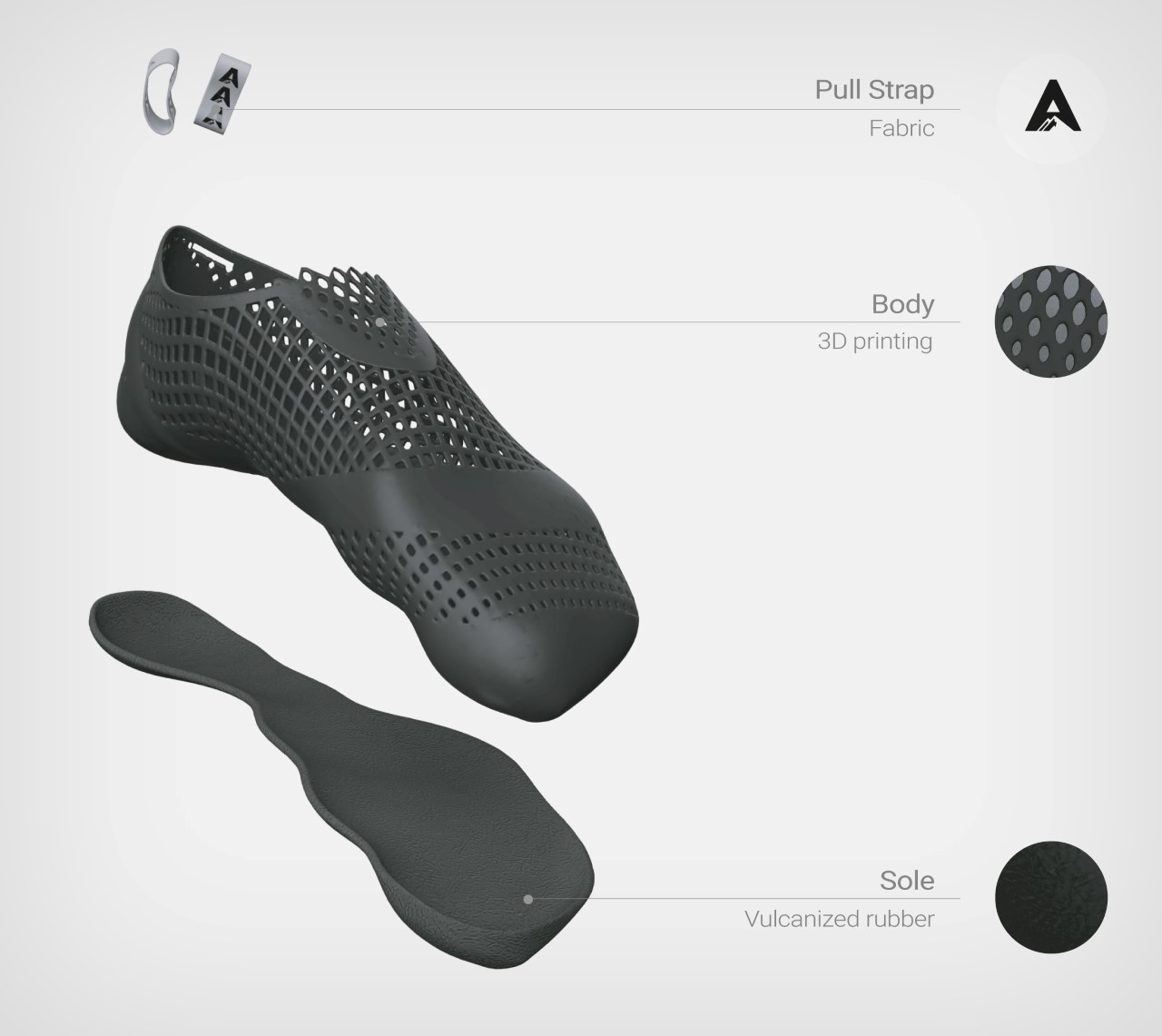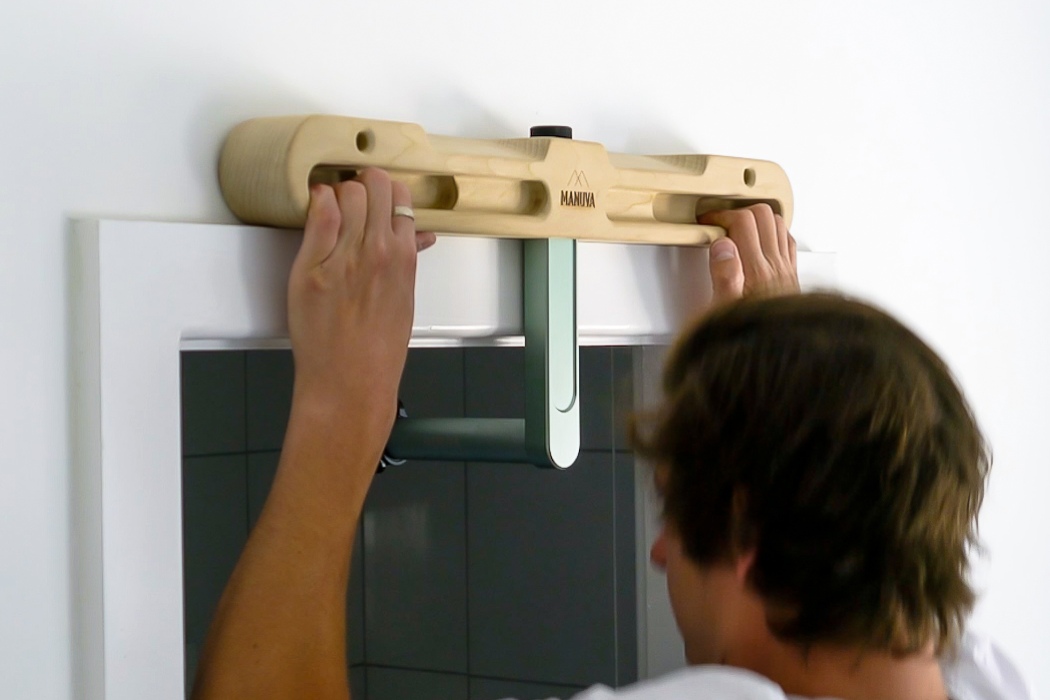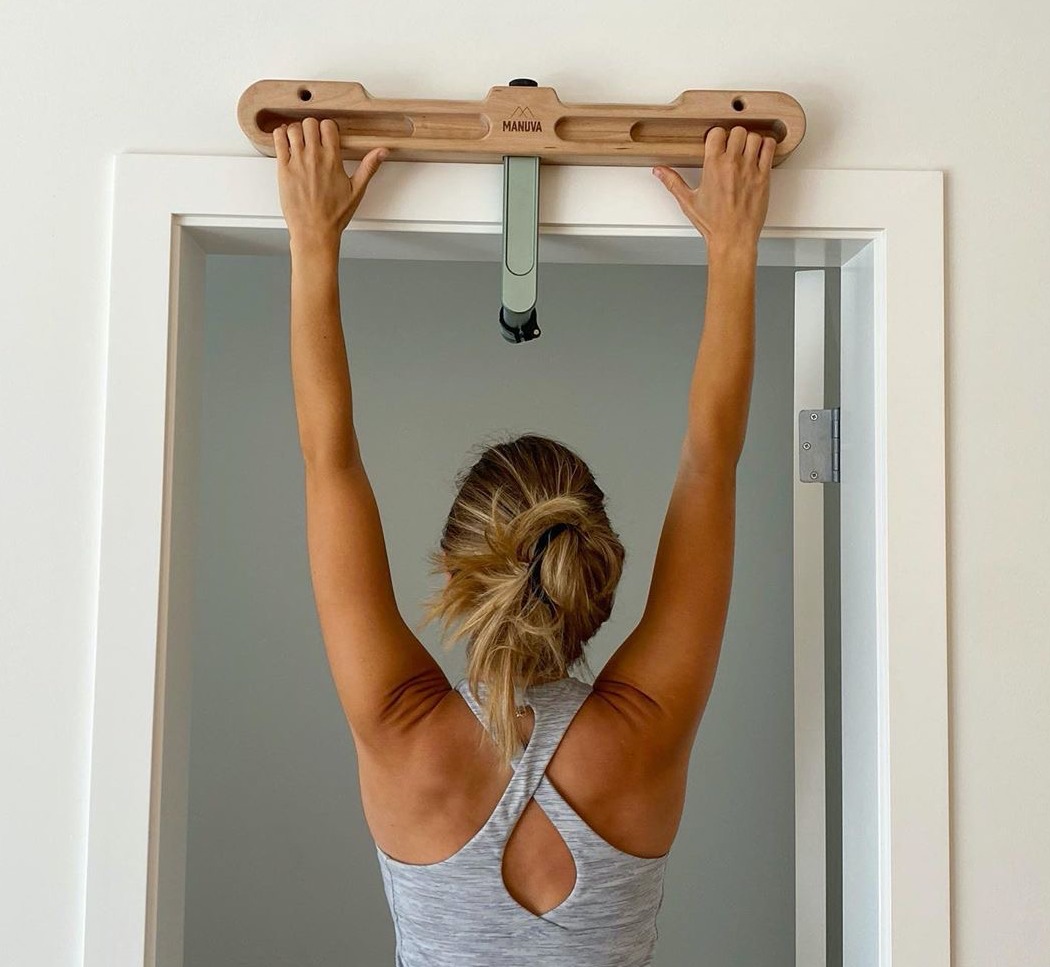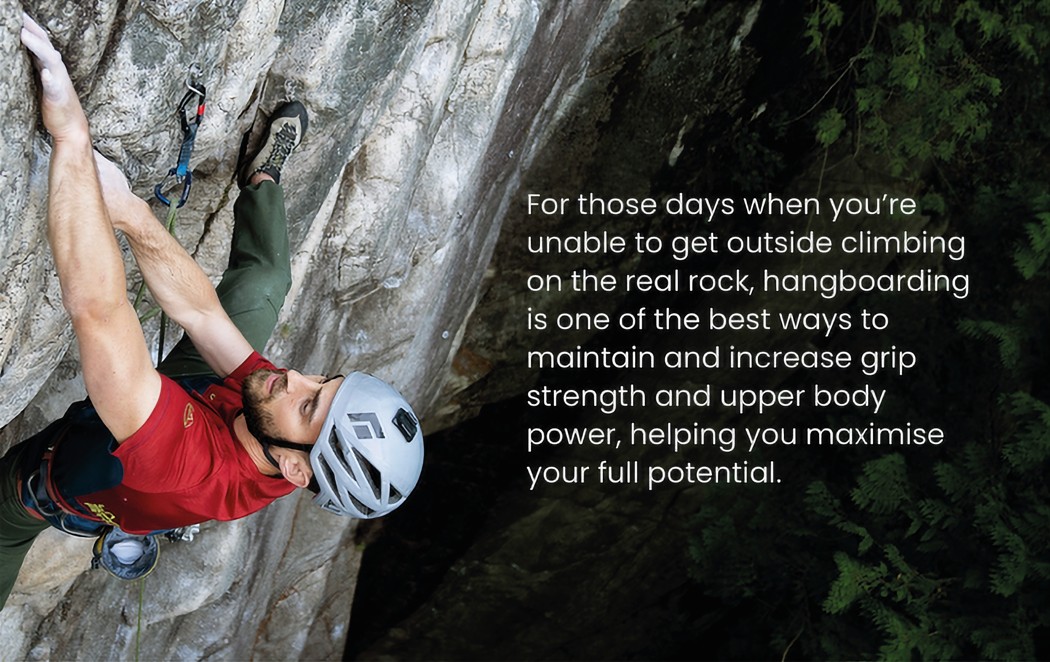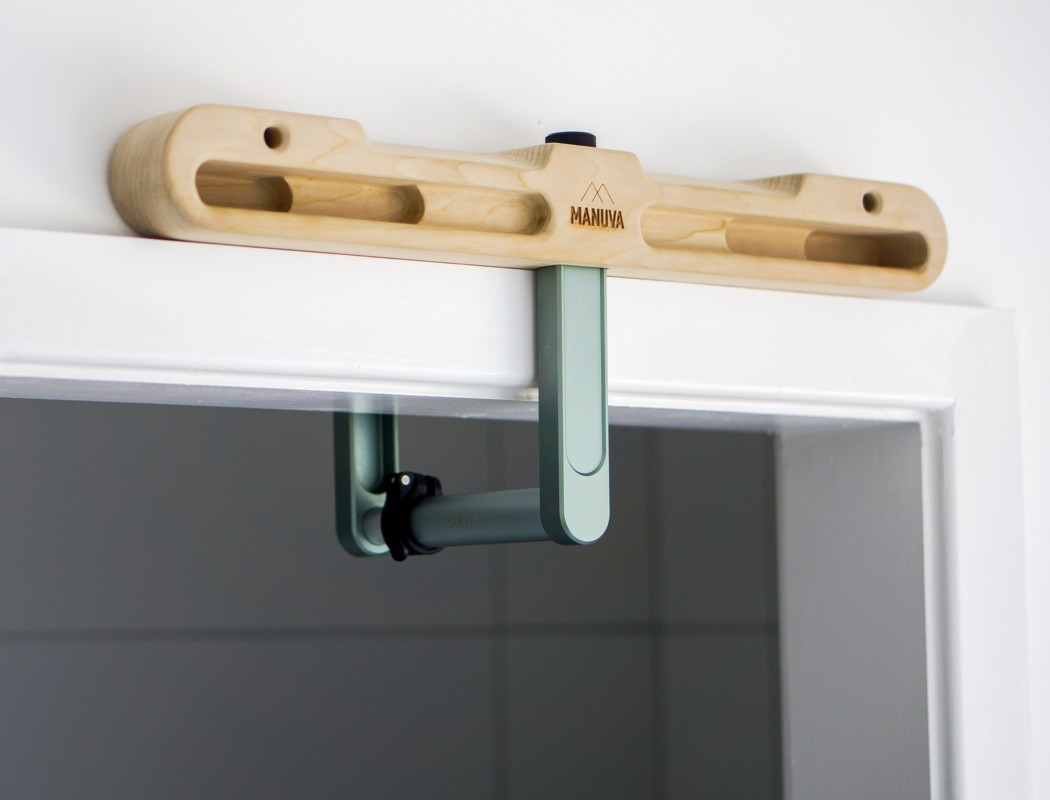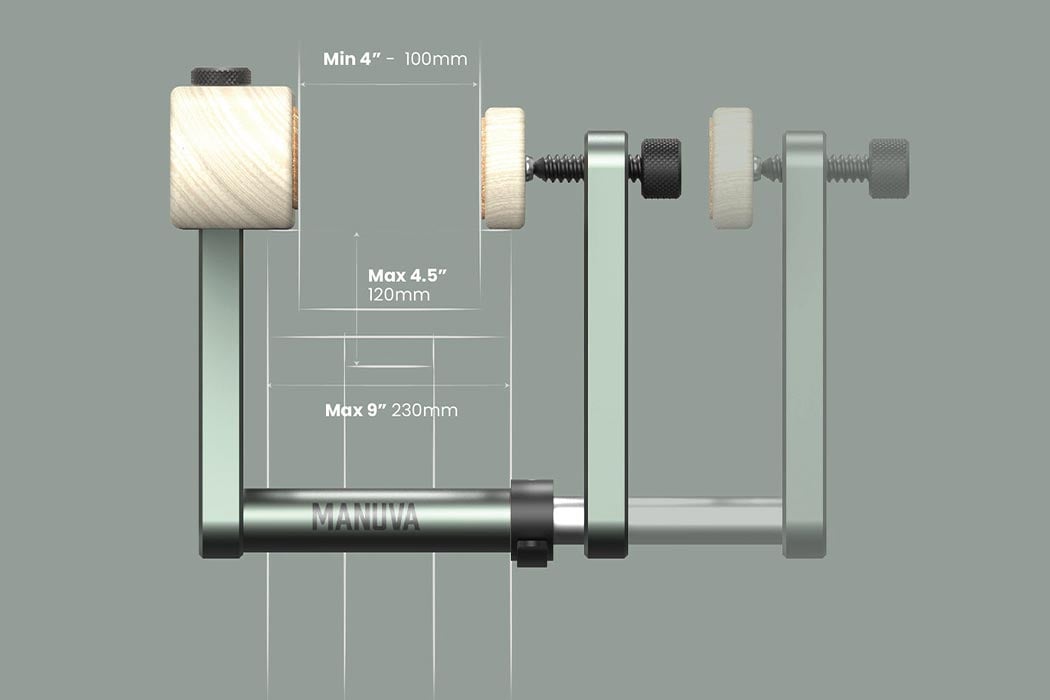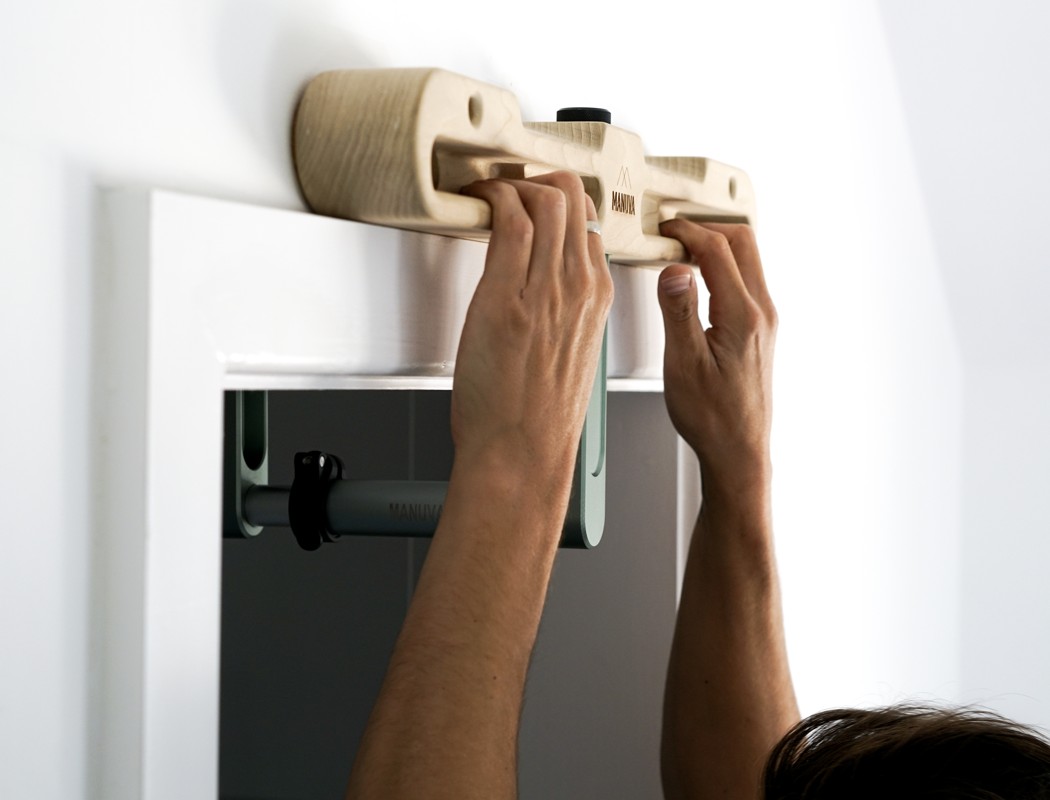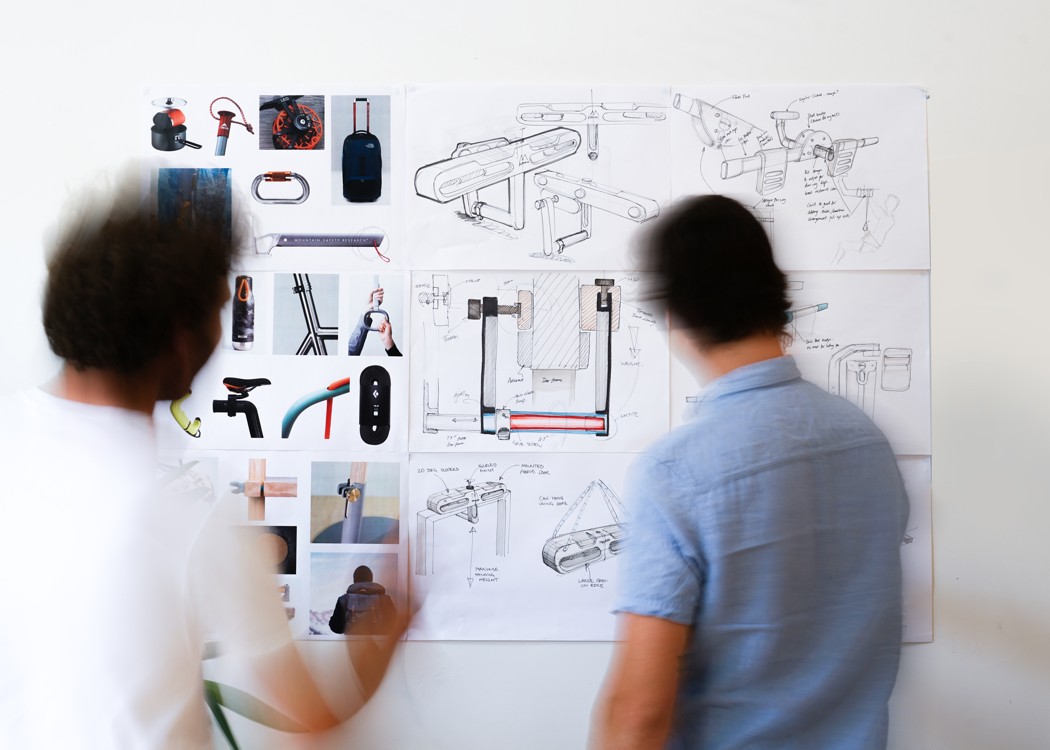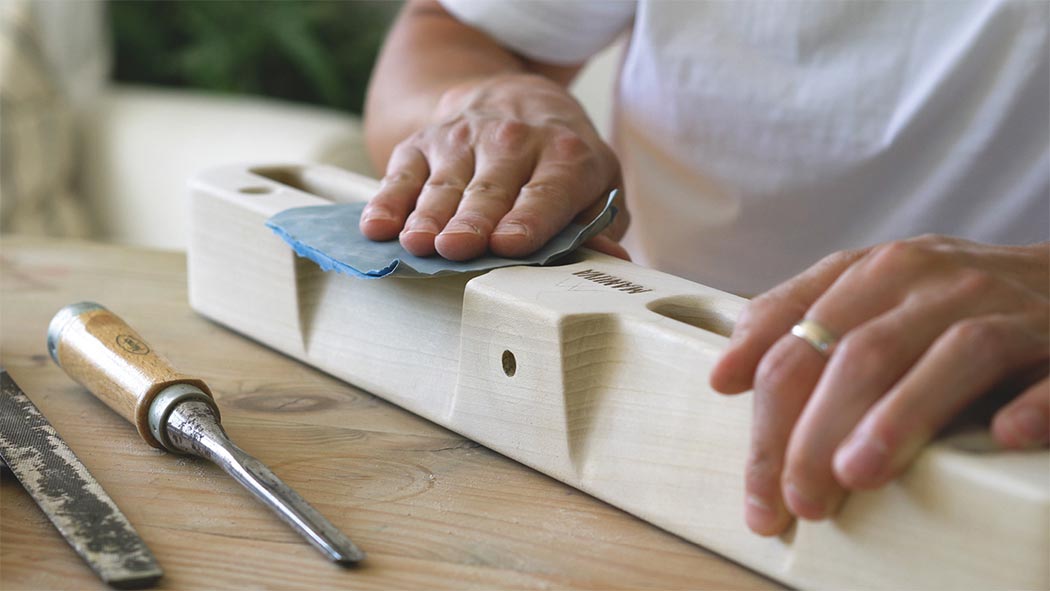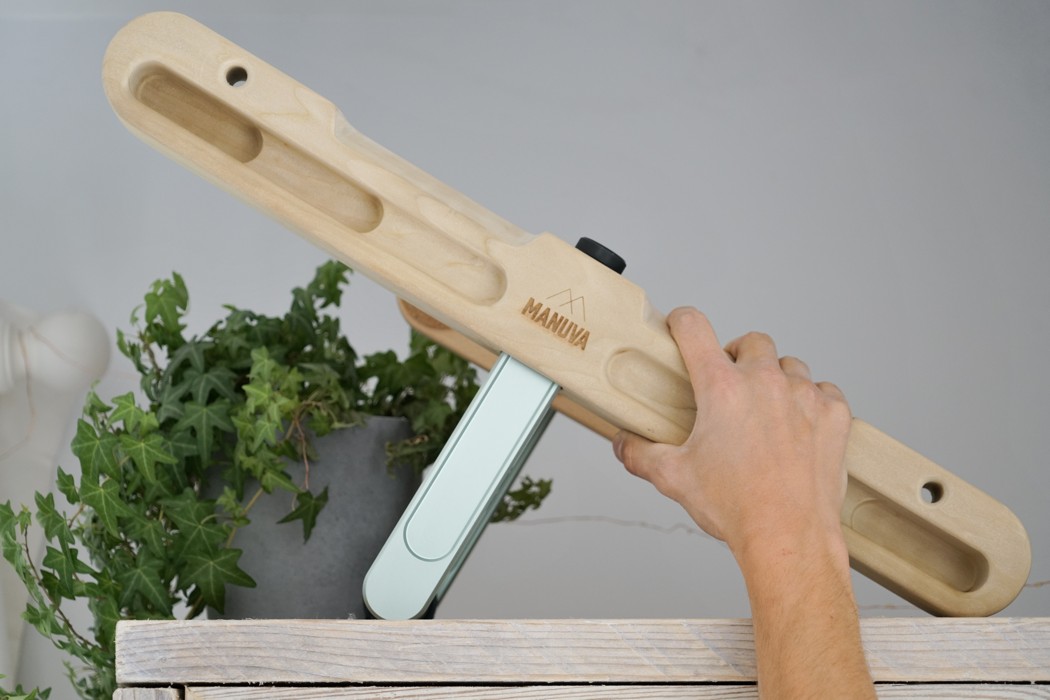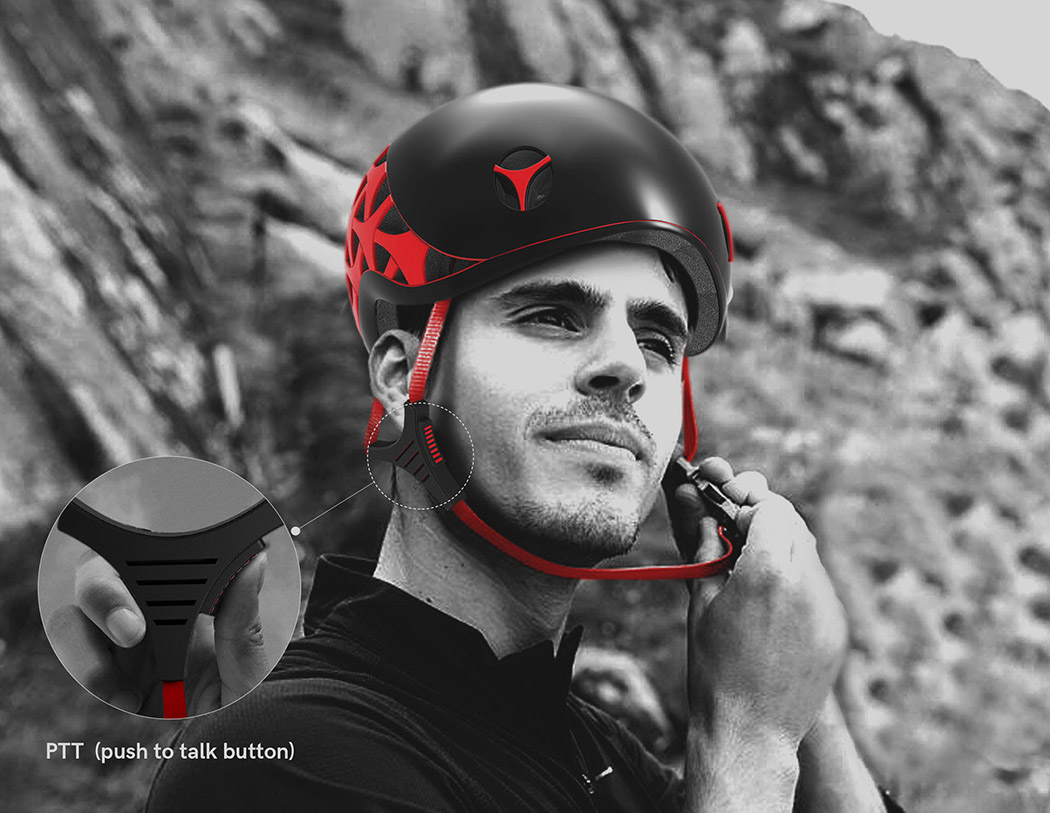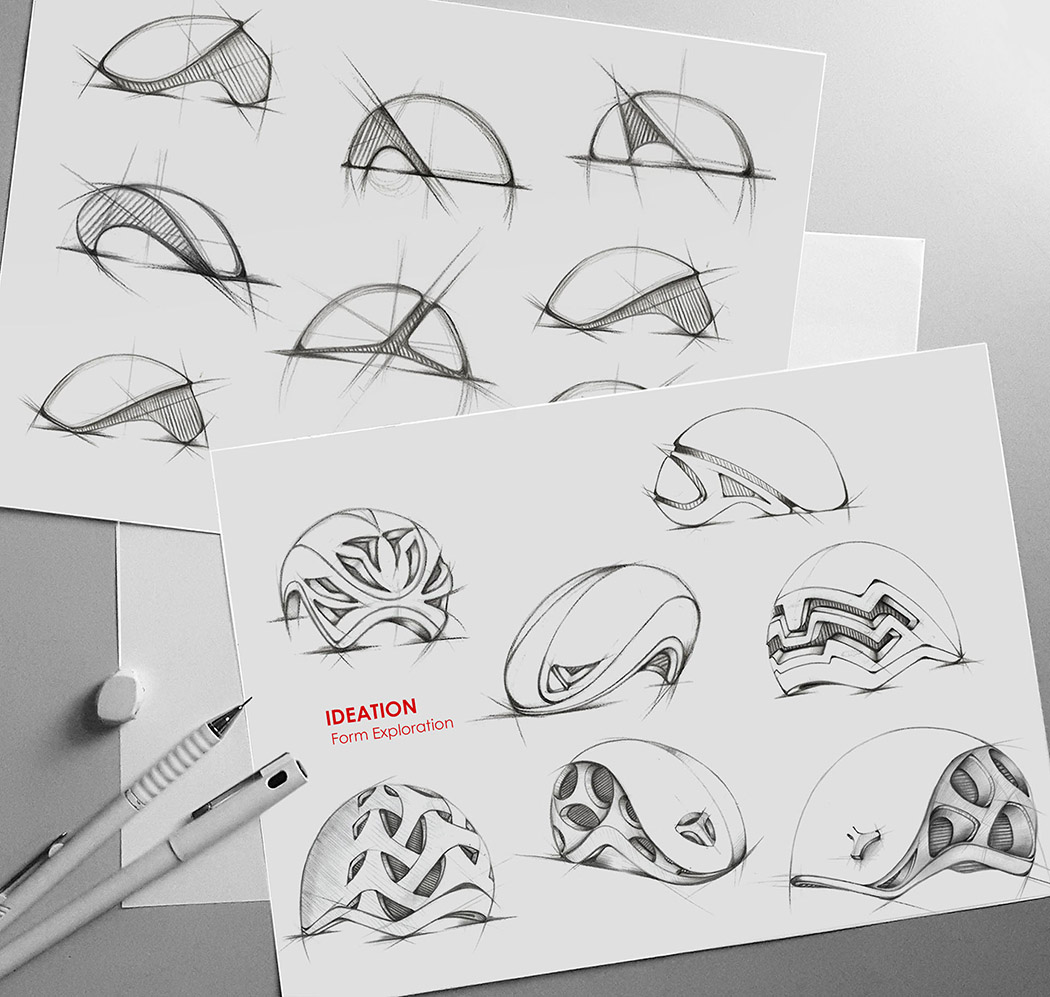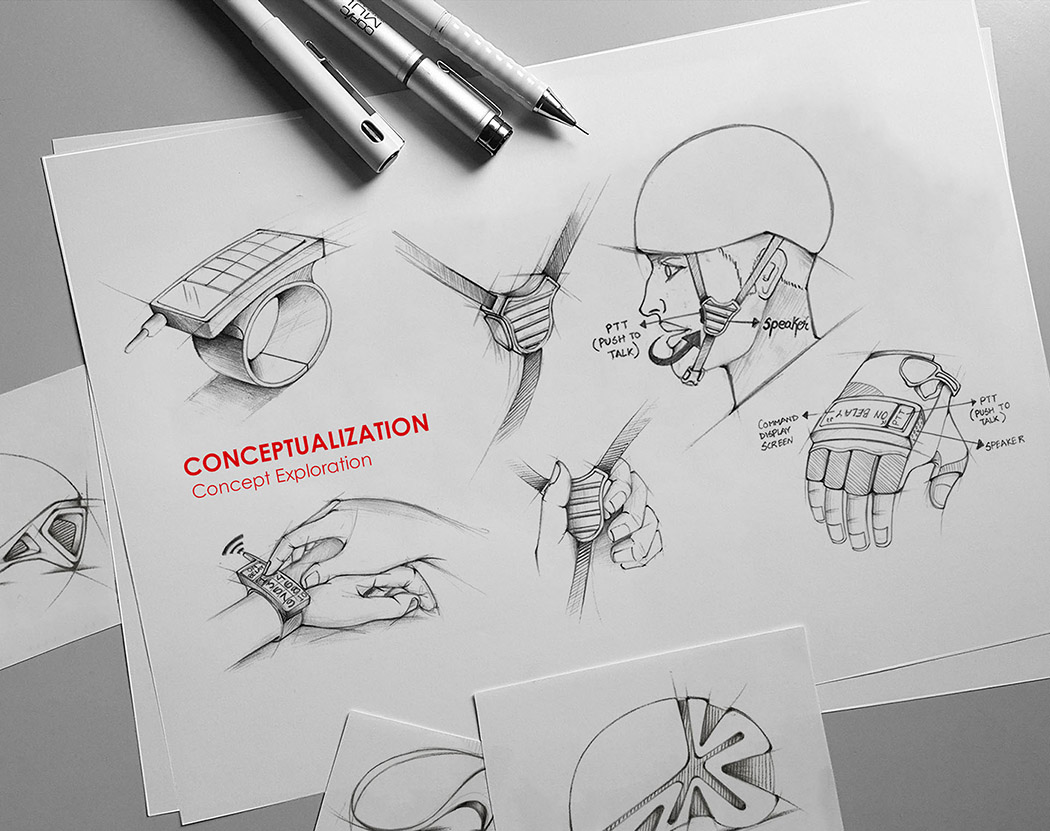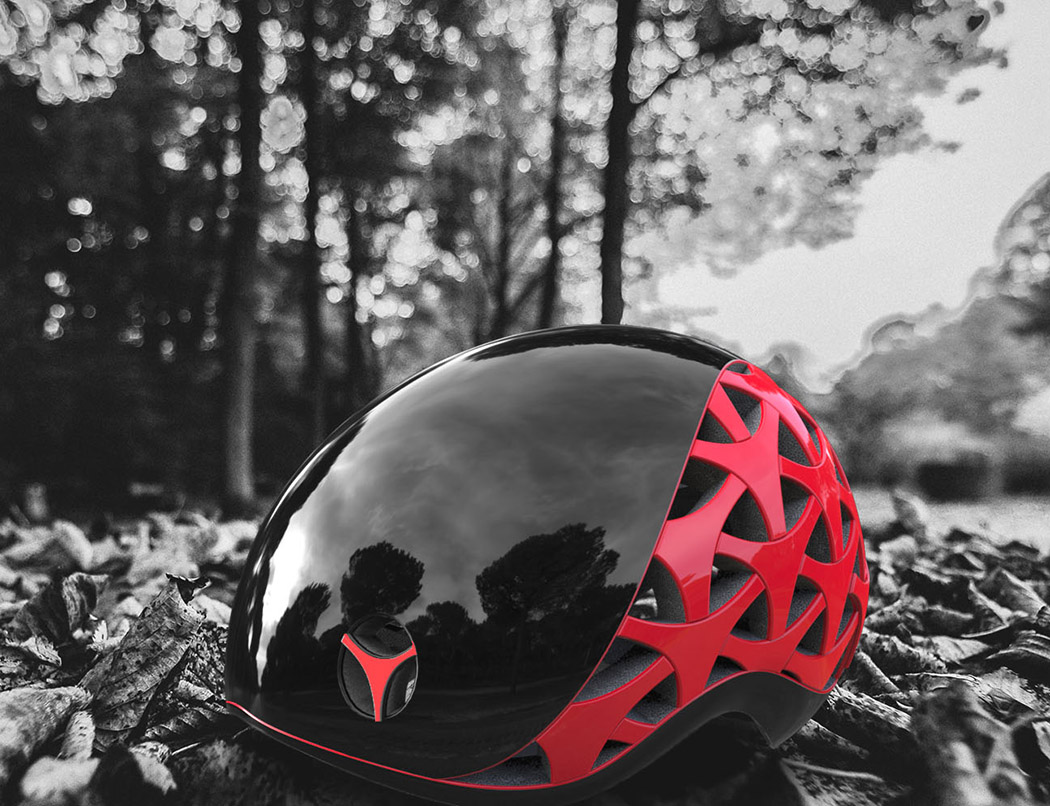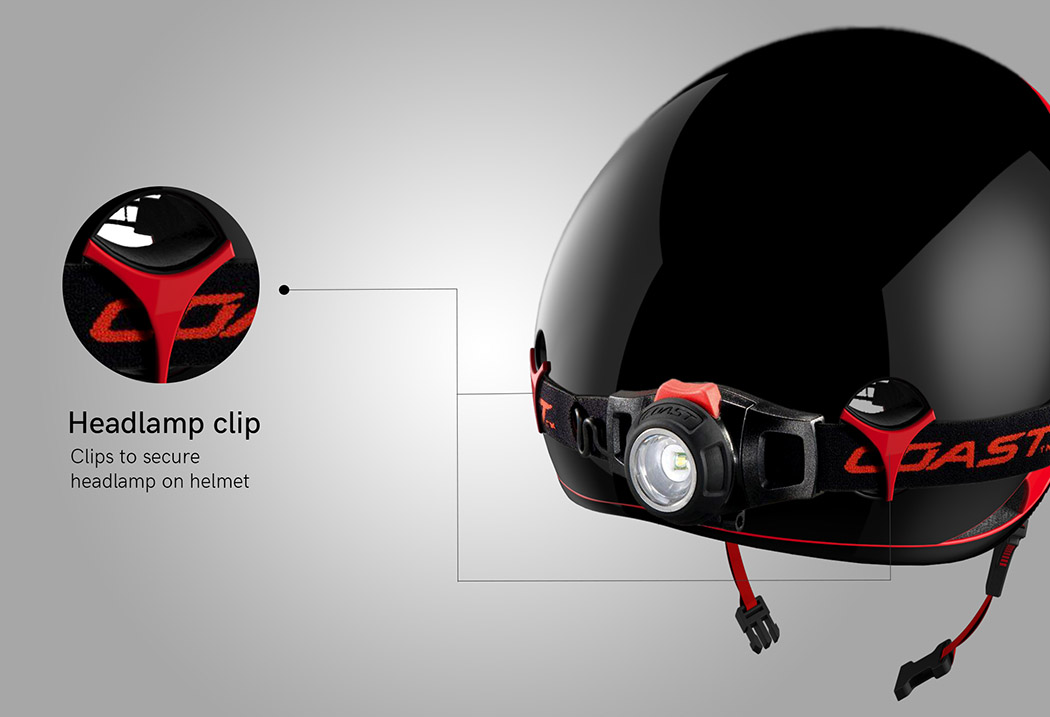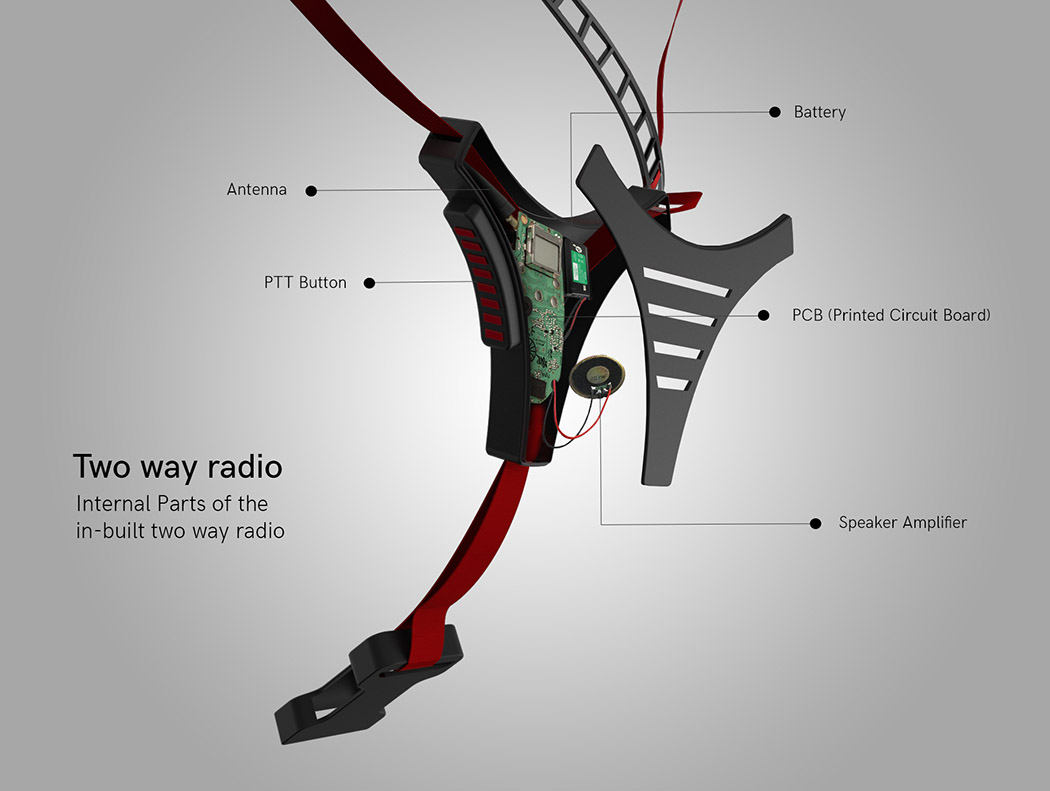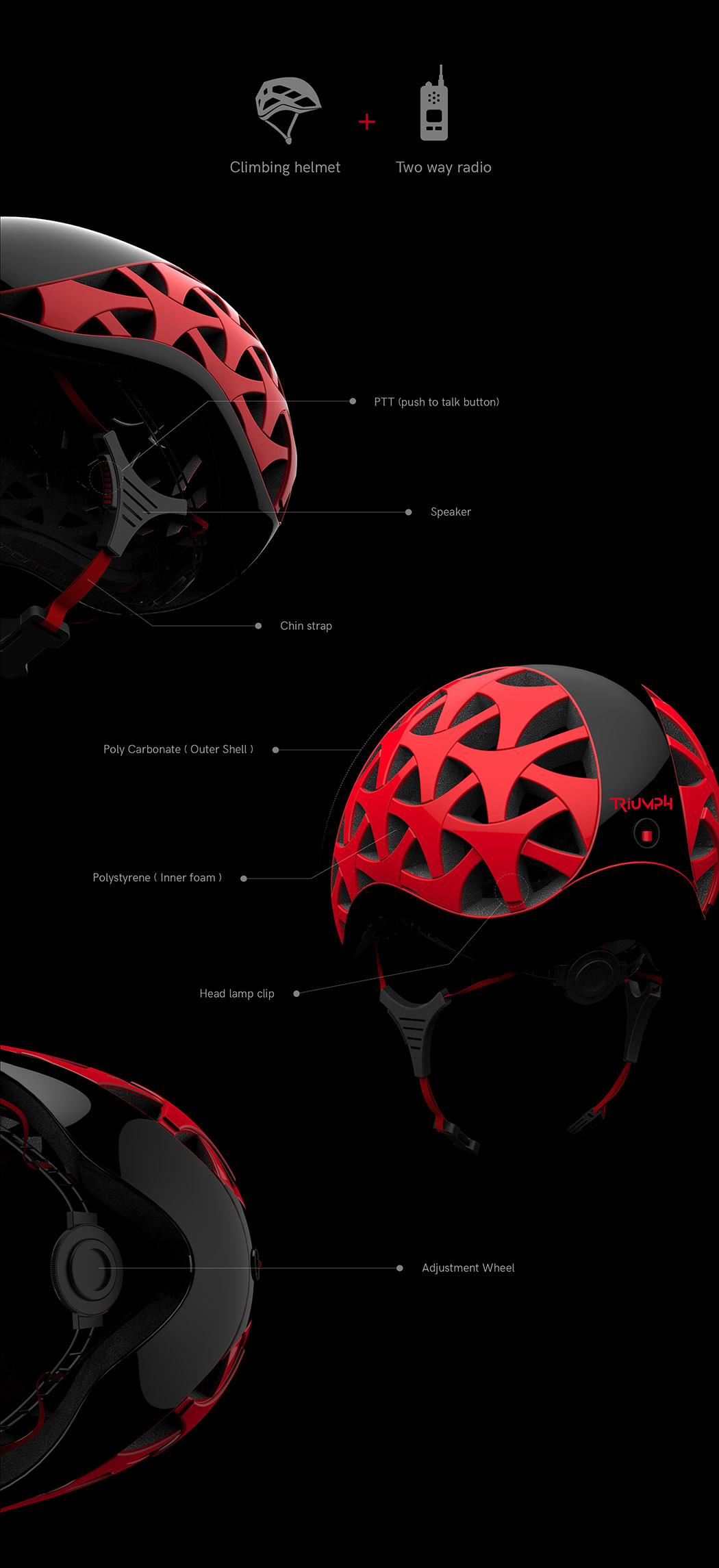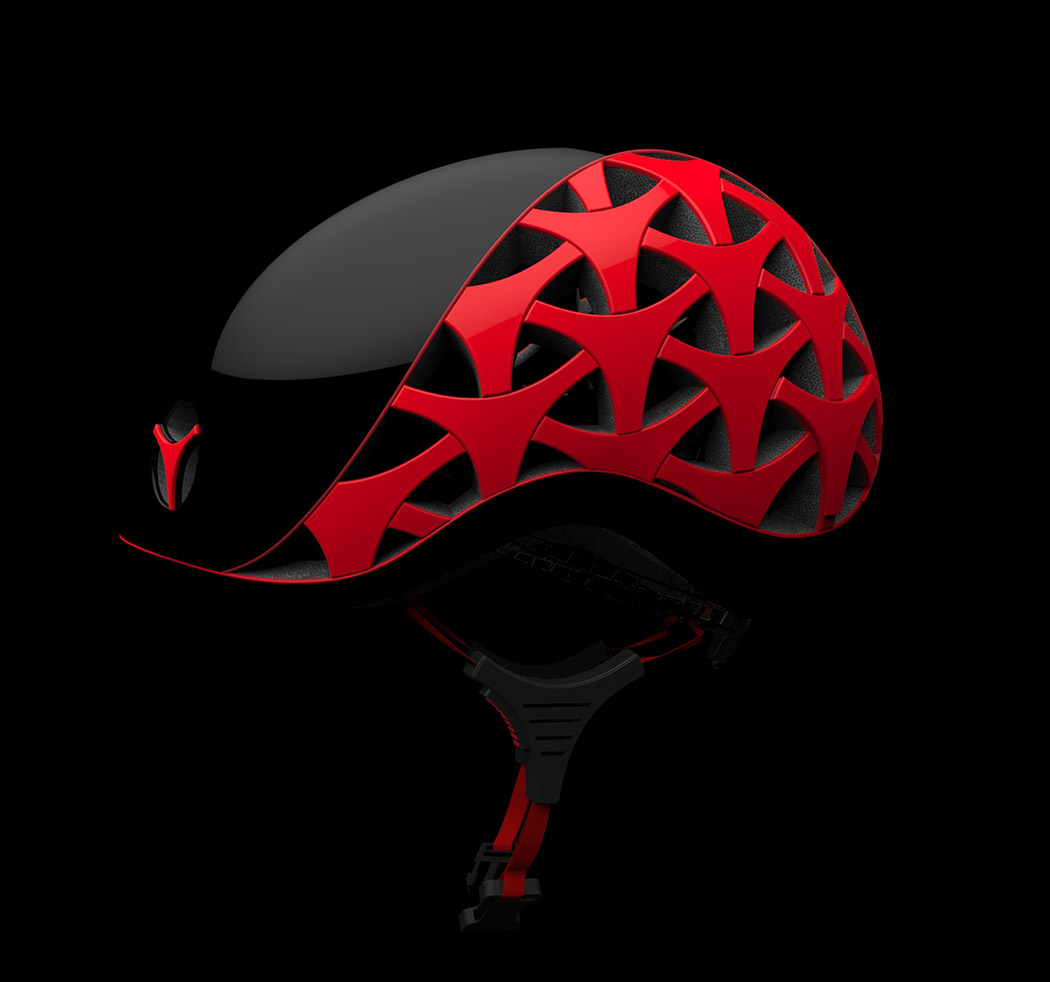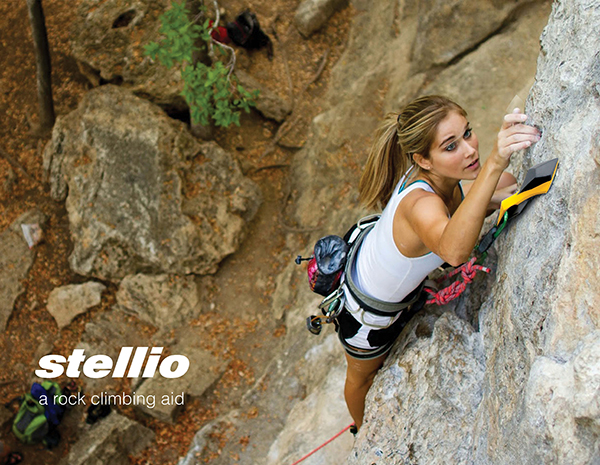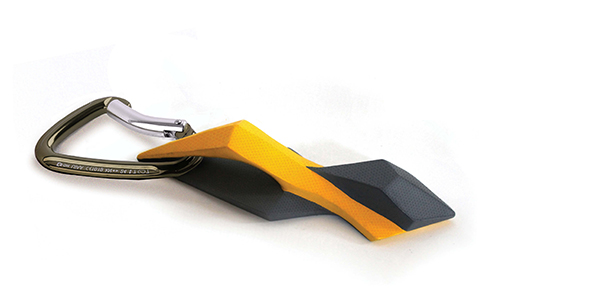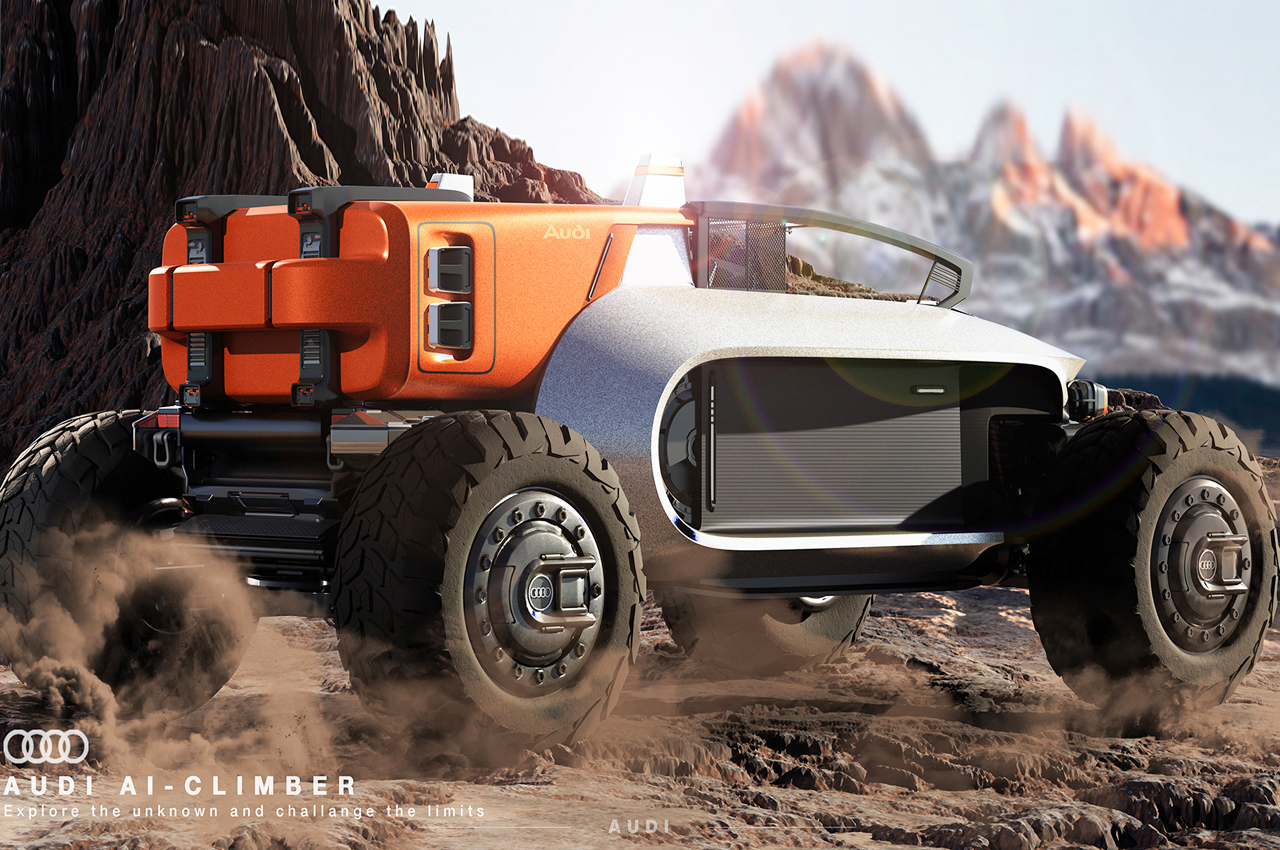
Rock climbing as a sport challenges the limits of human endurance to the extreme, and enthusiasts have to ensure everything is in place to make the exploits in the outdoors. Having an exciting journey in the mountains while being ultra-safe is important for every rock climber, and who would have thought an off-roading vehicle could do more than just ferry you to the base camp.
The Audi AI-Climber is a concept targeted specifically for rock climbers who want to challenge themselves and break through the limits of exploration. Car design student Xiqiao Wang has conceptualized this rugged off-roading set of wheels for outdoor rock climbing lovers by envisioning the vehicle for three different modes.
Designer: Xiqiao Wang
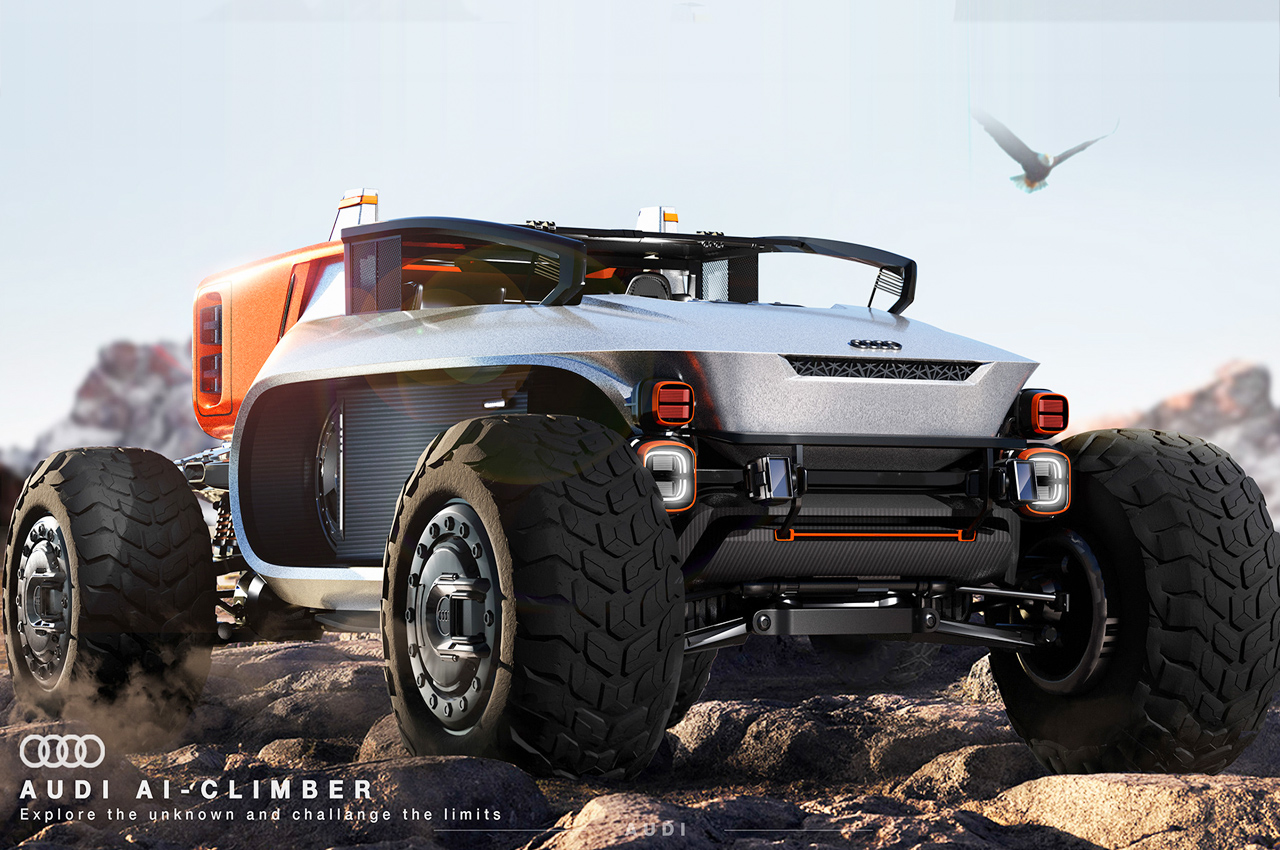
The first one is the obvious ‘Driving Mode’ to ensure incredible off-roading experience on any kind of terrain, the second one is the ‘Protector Mode’ to full-proof the safety of climbers in the Rockies, and the third one is ‘Resting Mode’ for comfortable sleep during the night time in the safety of the four-wheeler or even being suspended from the rock wall.
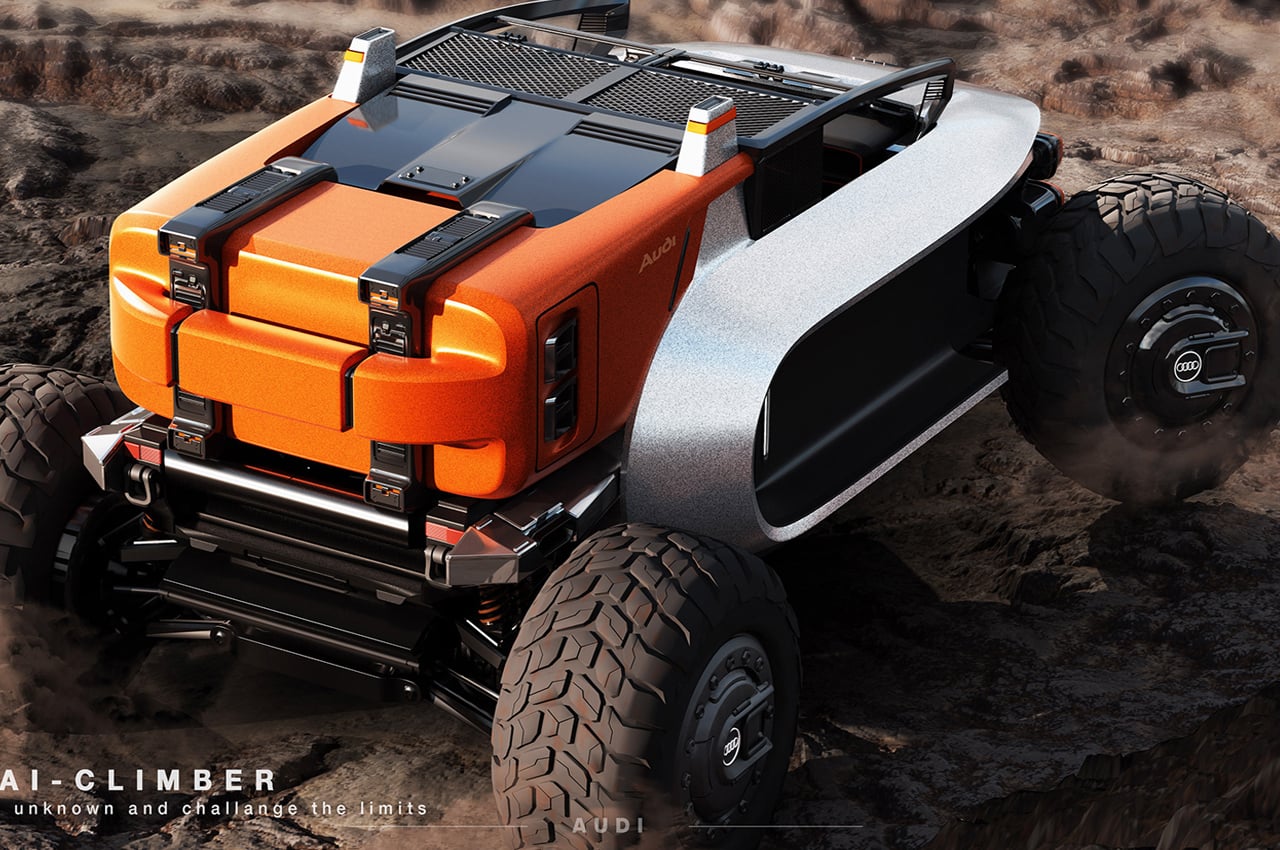
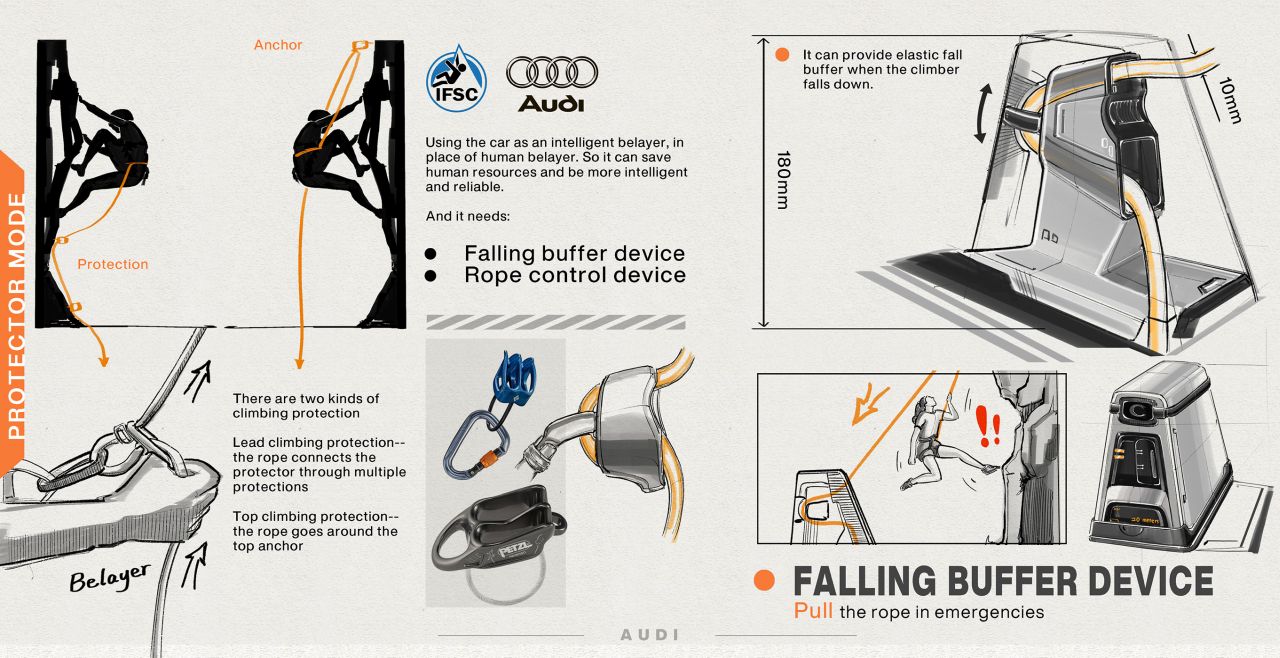
In the Protector Mode, the car turns into an intelligent belayer for solo adventurers who don’t have the liberty of a human belayer. There’s an elastic fall buffer wherein the climber can pull the rope in case of emergencies – as the climber falls down slowly to avoid any injuries. Also, there are two kinds of climbing protection options – the Lead climbing protection, wherein the rope is connected at multiple protection points, and the Top climbing protection, where the rope goes around the anchor. The vehicle itself is loaded with the mechanism to provide single rope, twin rope, or half rope, depending on the climber’s needs.
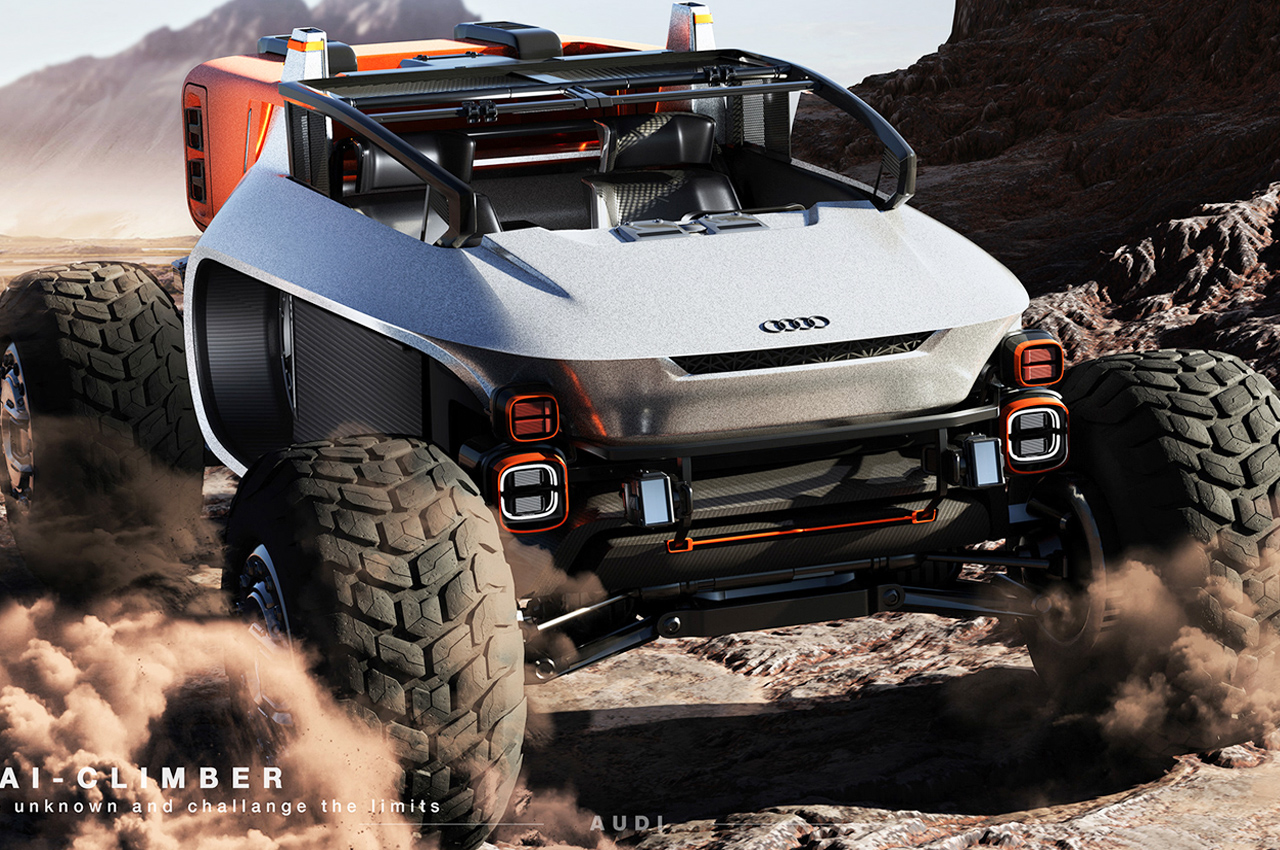

The most interesting bit of the geometric Audi AI-Climber is the Resting Mode, in which the rear part loaded with a hanging tent detaches and is capable of taking flight solo. The whole rig flies to the anchor point on a steep cliff and anchors to the rock. Thereafter the tent deploys automatically, and the daring rock climber can enjoy the perfect night from the perfect vantage point. For the less daring climbers, the rig can be pitched on solid ground too.
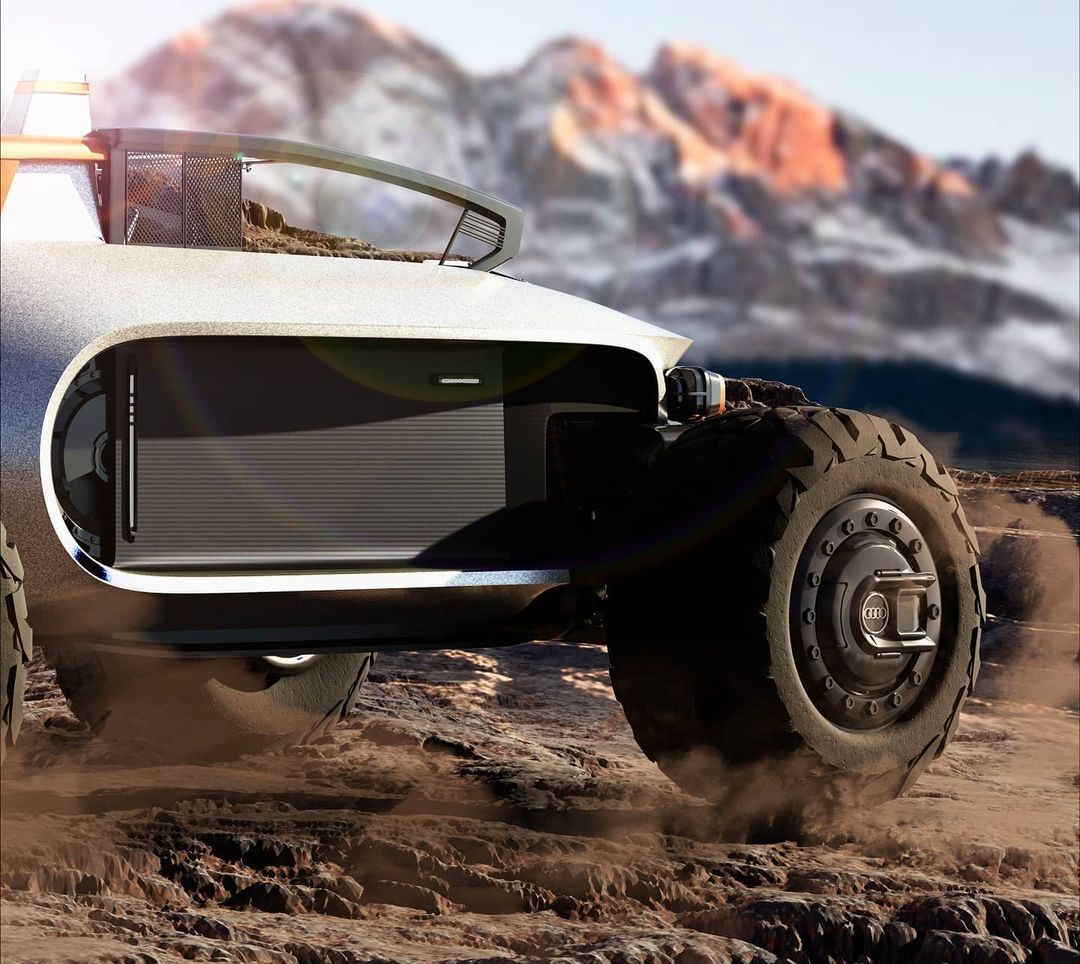
Other highlighting bits of the niche off-road vehicle are its terrain-adaptable tires with retractable treads, which can be employed in case more traction is needed. The interiors are designed for two travelers to comfortably sit back and enjoy the ride to the ultimate destination before the daring rock-climbing feat is undertaken!
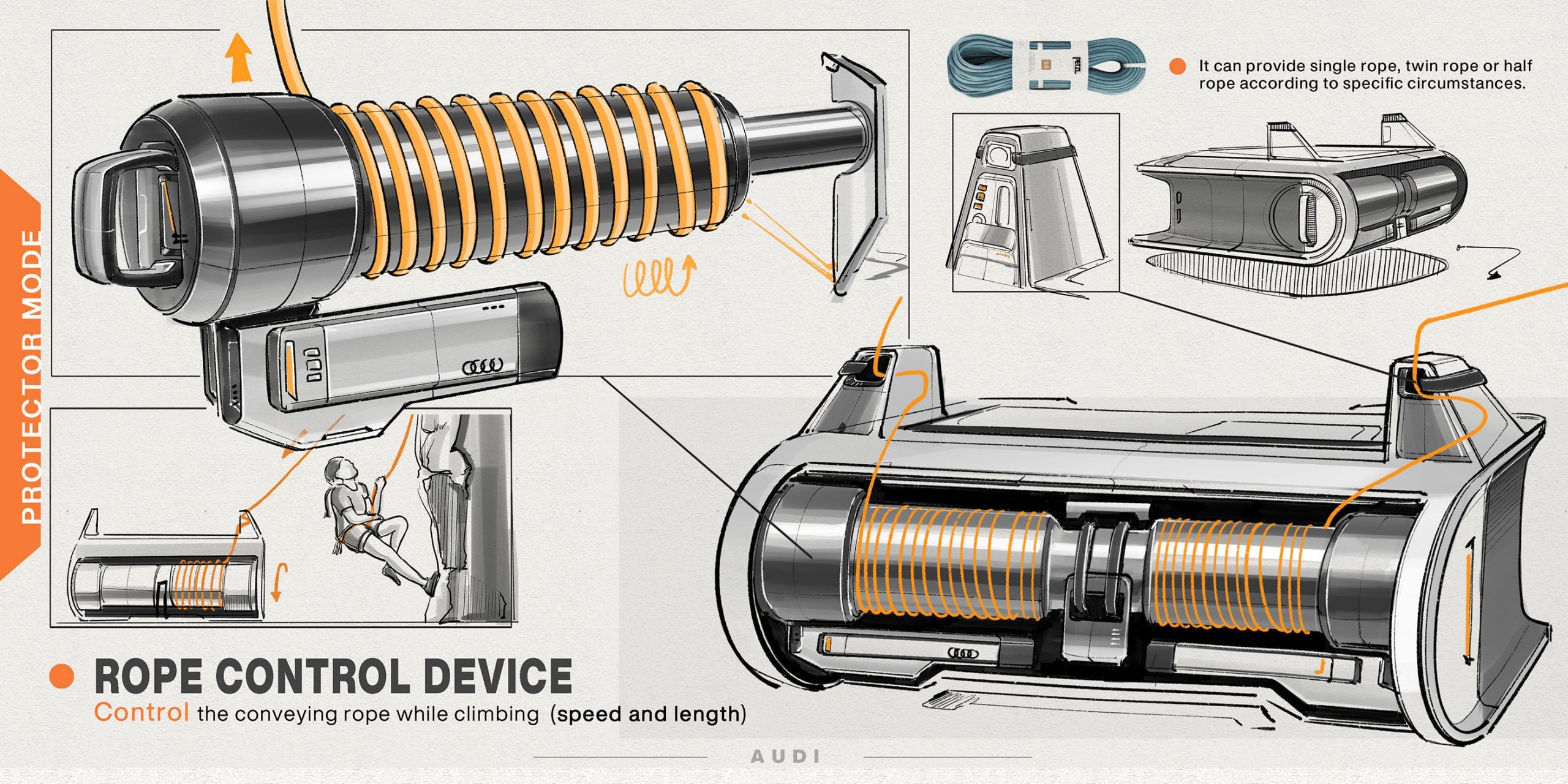
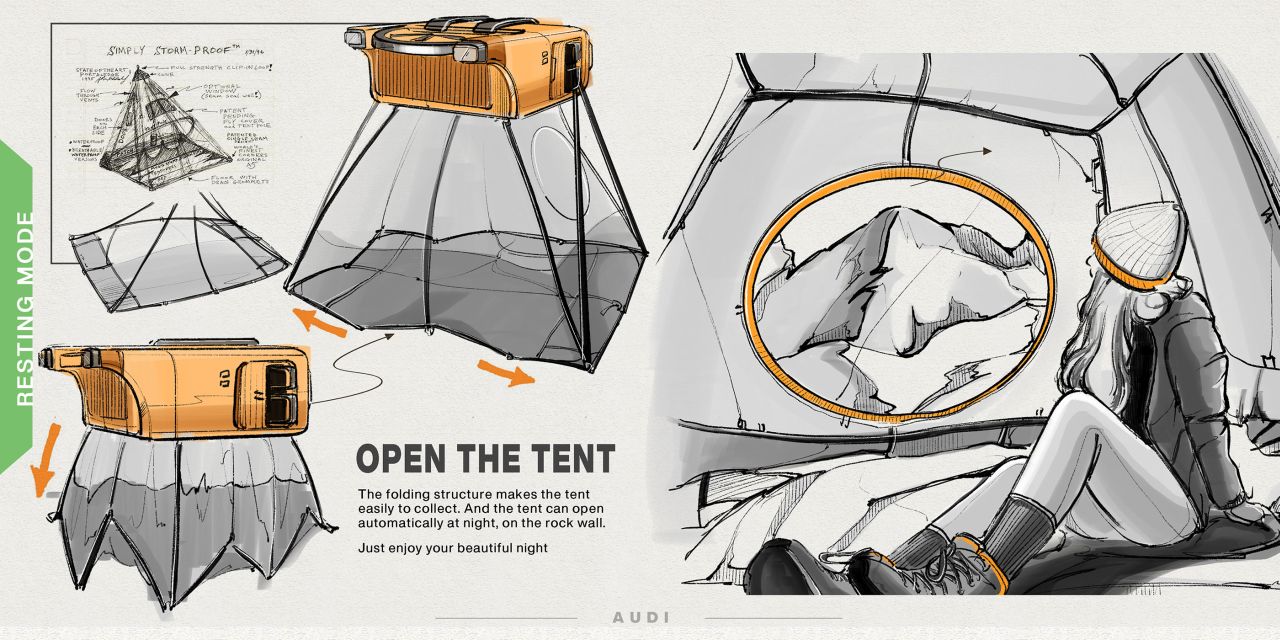
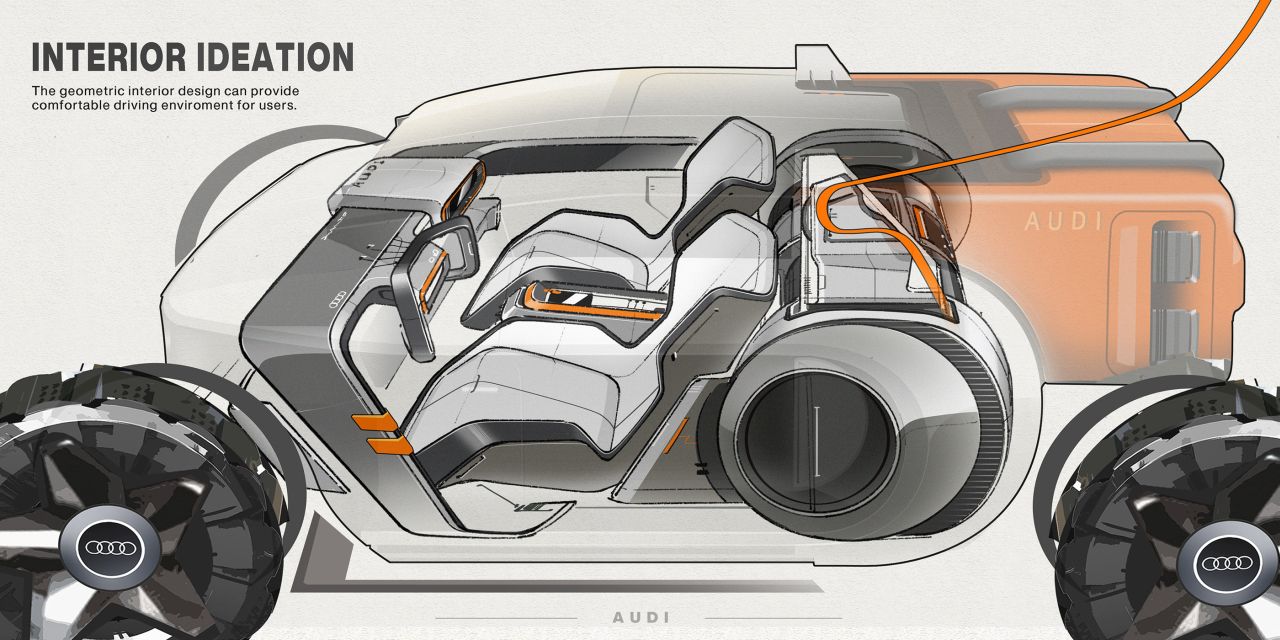
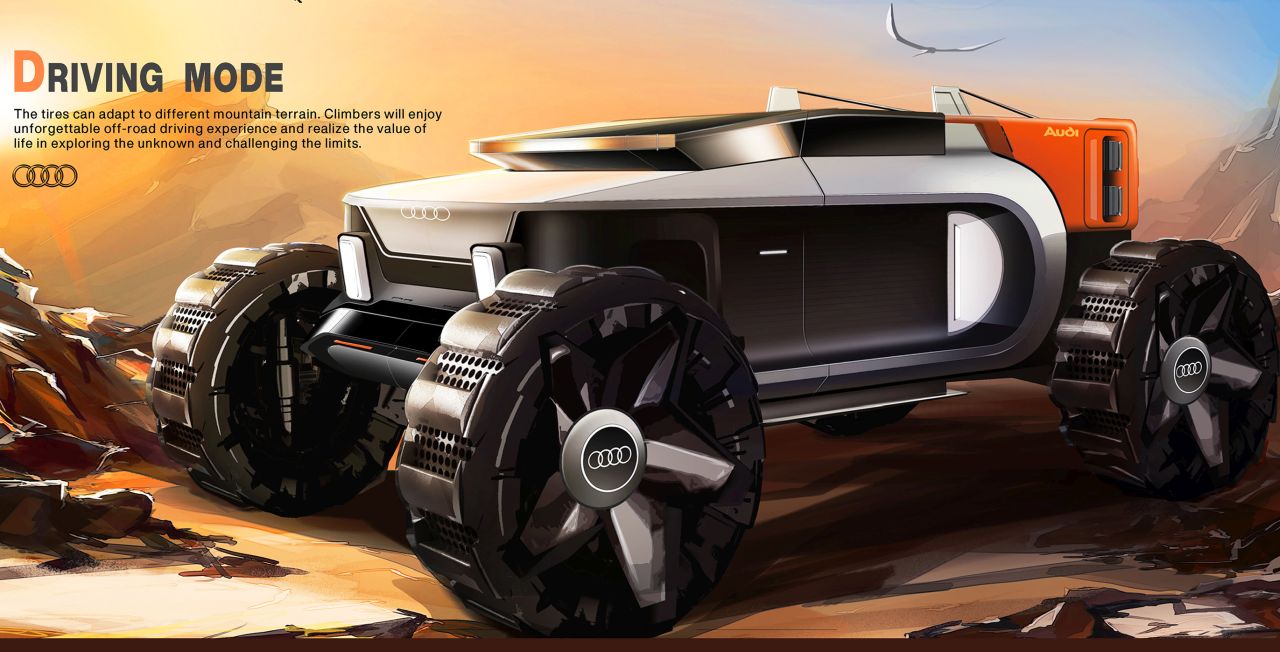
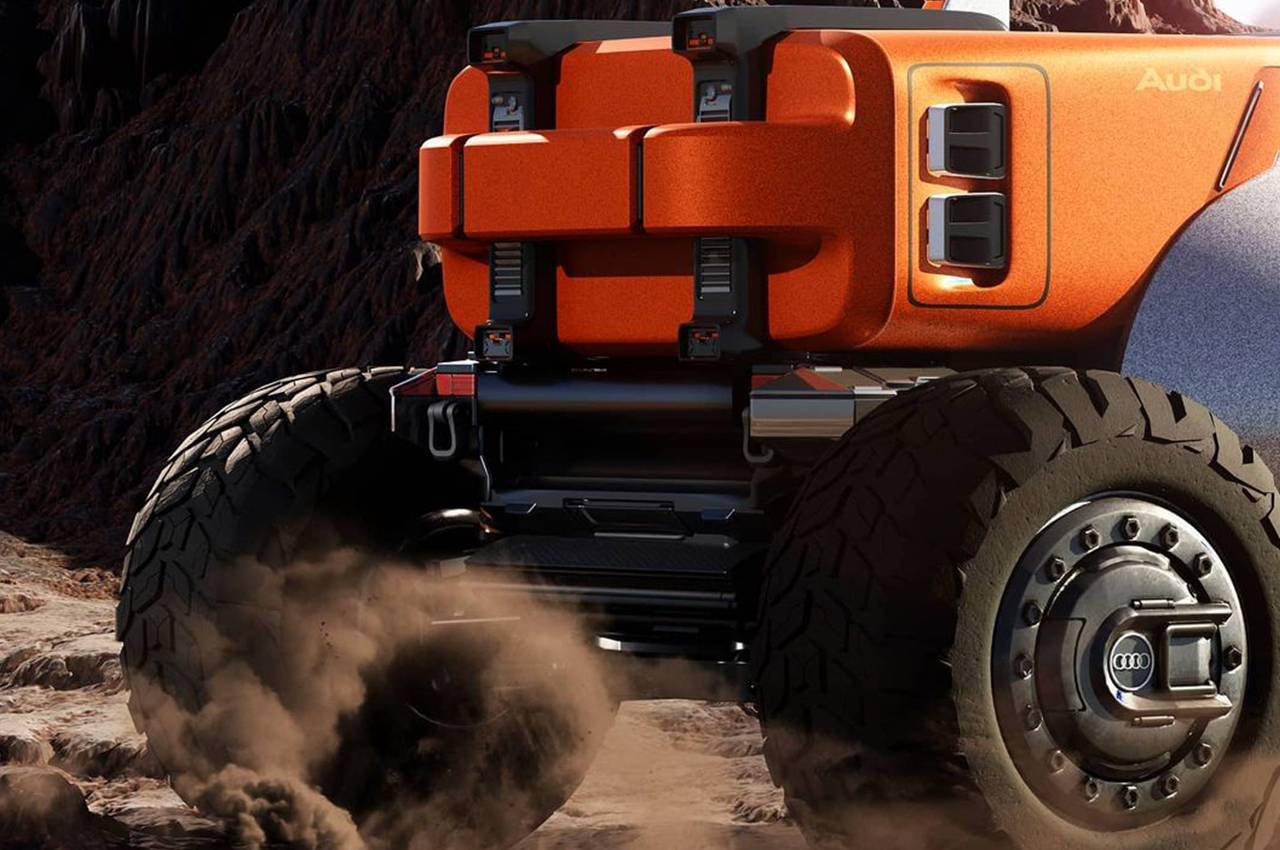
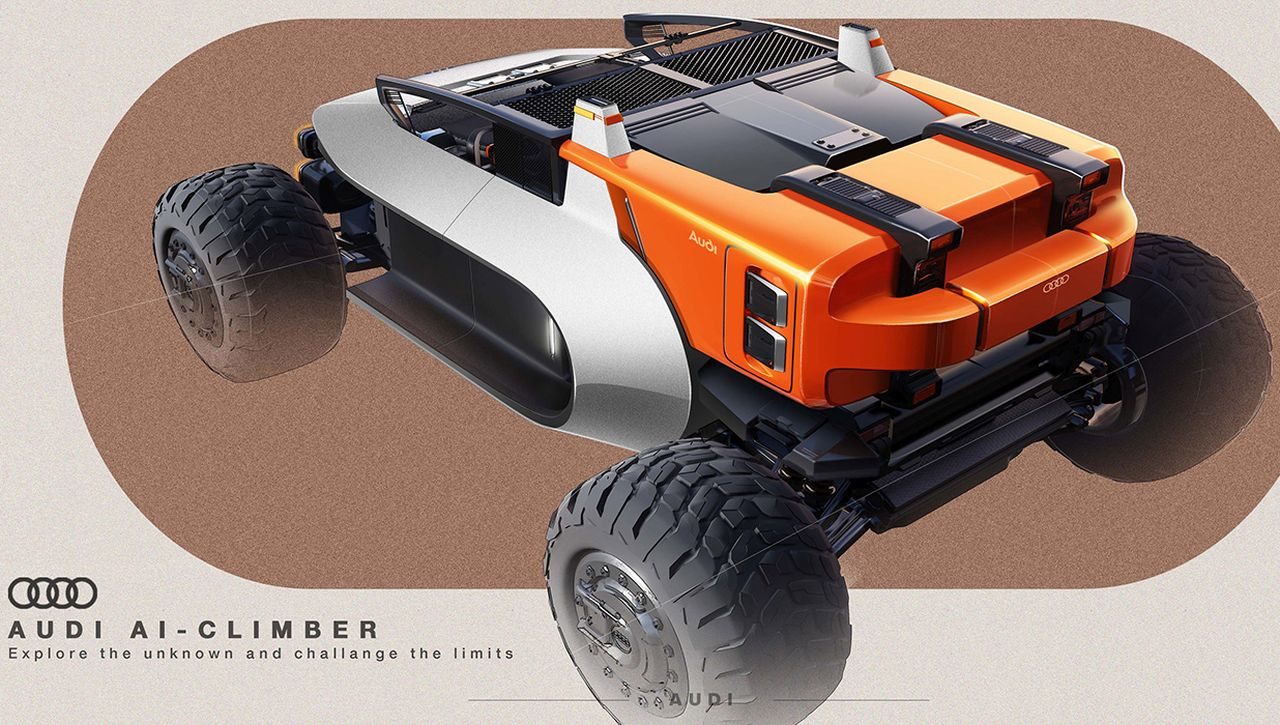
The post Audi AI-Climber with a flying rig for pitching tent on steep cliffs is bliss for rock climbers first appeared on Yanko Design.
